The Mah Meri Cultural Village is an opportunity for the culturally curious to get a quick taste of Mah Meri tribe life. Is it a ‘tourist trap’? Yes and no. If one’s only visit option is to join a group tour, then yes you will likely get a more colorful, staged version of the Mah Meri’s day to day life. But, as I found out (the roundabout lost tourist way), the Mah Meri Cultural Village is also open for walk-in visitors. Where, beyond the entrance, is a plethora of information regarding the history and culture of the Mah Meri people.
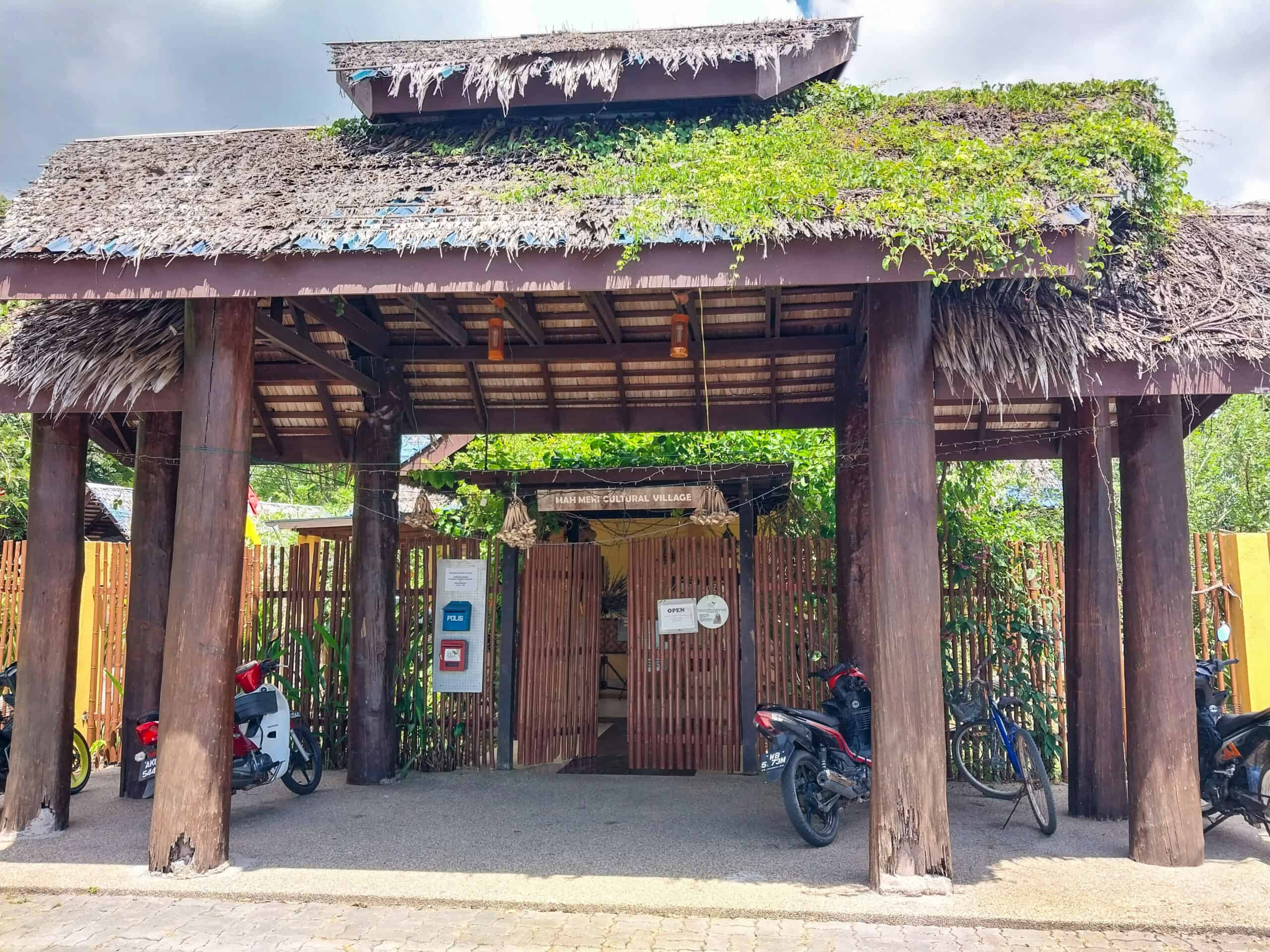
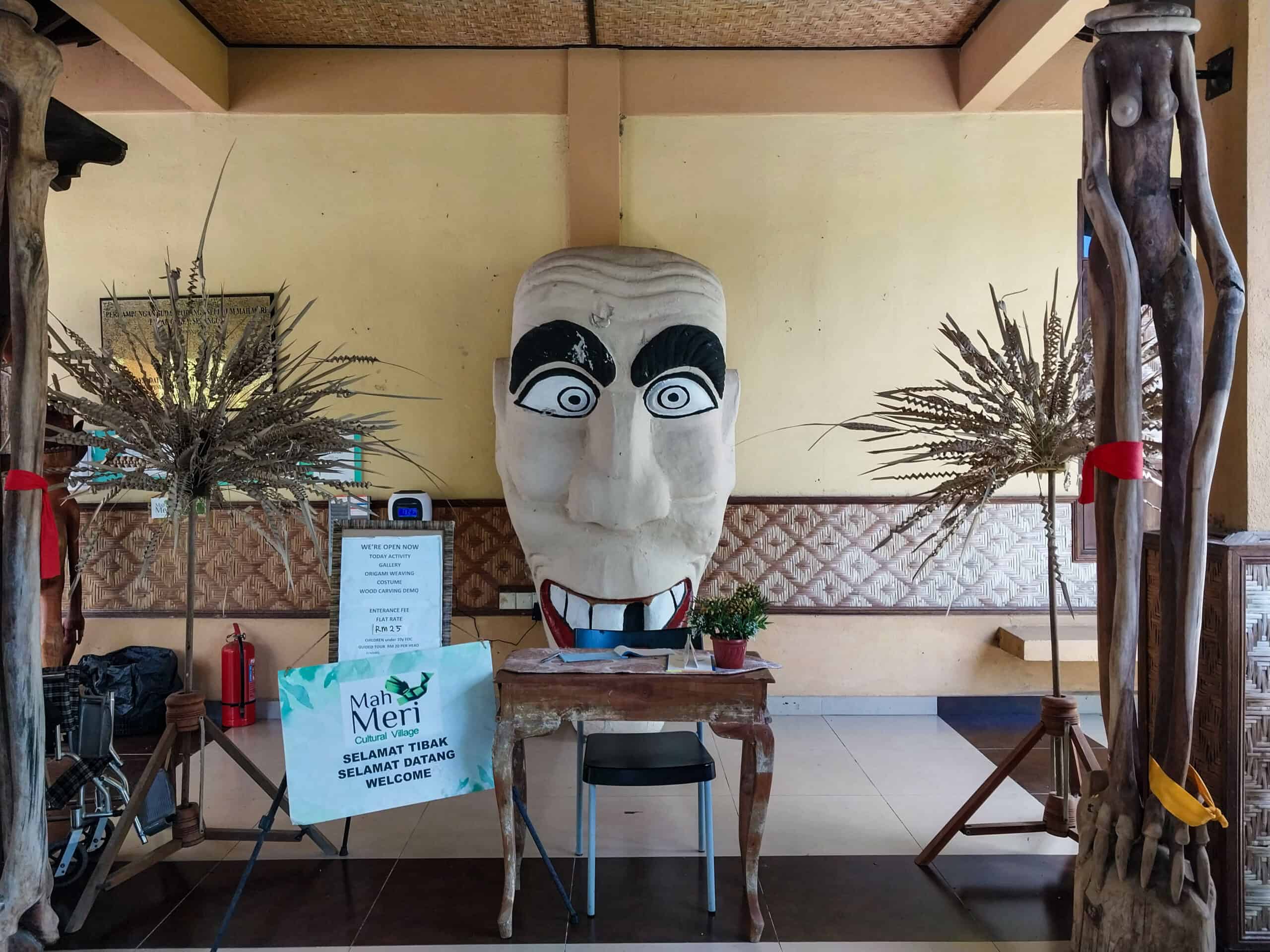
Mah Meri Cultural Village
Opening in 2011, the Mah Meri Cultural Village had an initial goal of bringing Mah Meri culture back as well as highlighting the unique culture to the public. Considering that the Mah Meri tribe has been living on Pulau Carey Island for more than 100 years, it’s not likely that they themselves needed to be reminded of their own culture, but perhaps it was more of an olive branch gesture from the owners of the encroaching palm oil industry players. But never the less, the Mah Meri Cultural Village with all its good intentions was born.
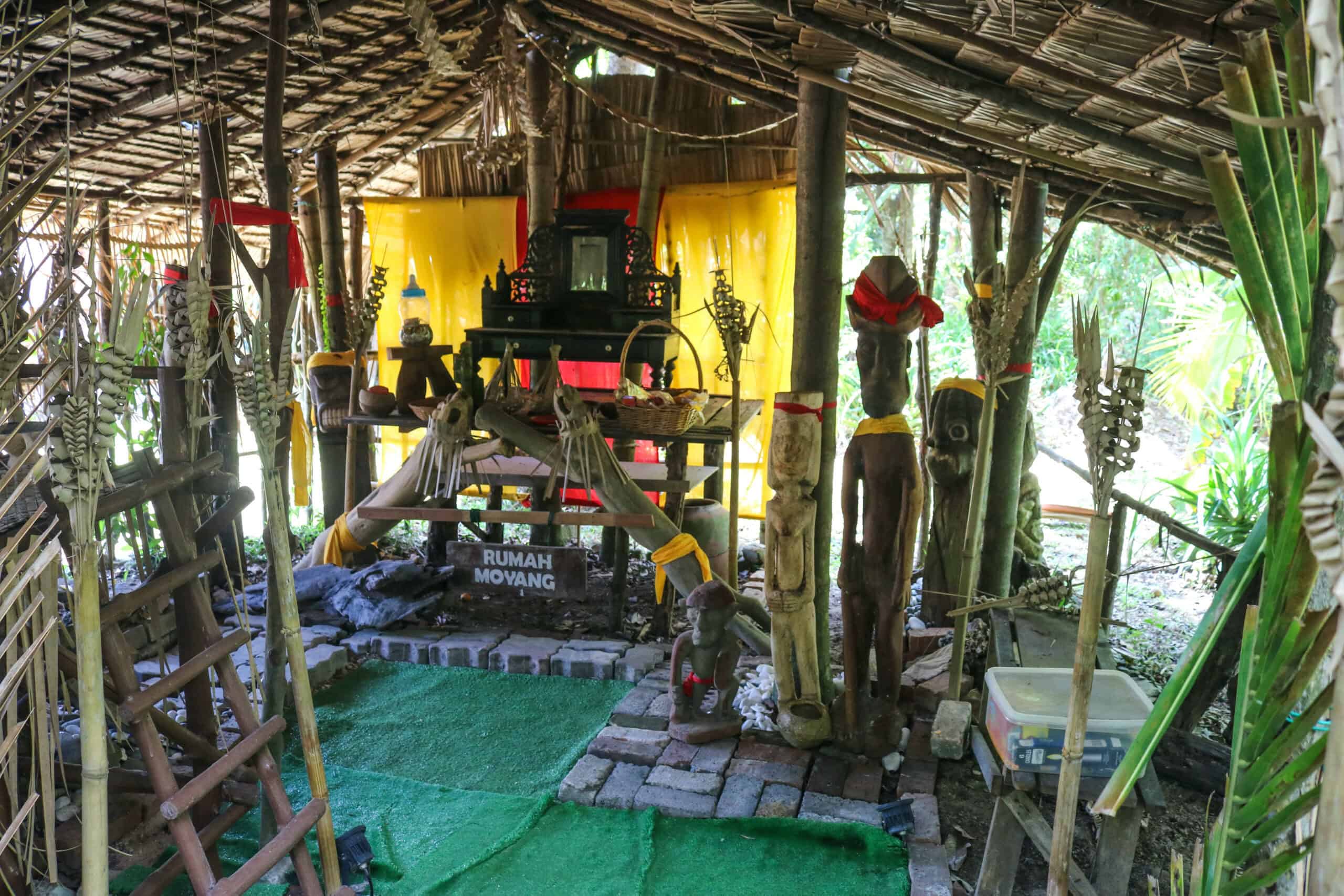
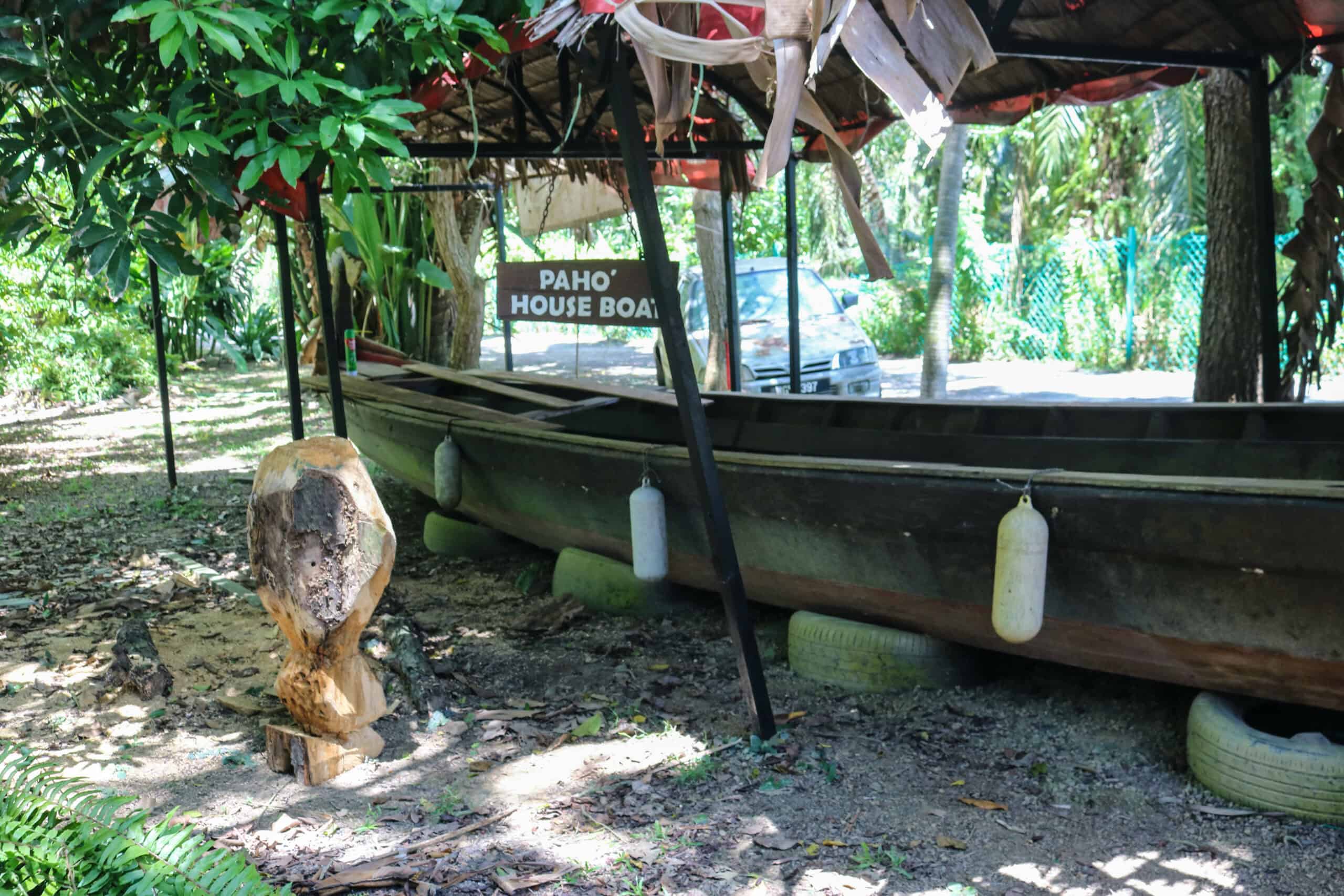
The Mah Meri Cultural Village is located in Kampung Sungai Bumbun, the main village of Pulau Carey. Open on weekends only, from 9:00am until 5:00pm, there are no set times for ‘performances or special demo highlights, but if you are traveling solo, you might get lucky if a tour group happens to be there when you arrive. Then you’ll also get to experience all the bells and whistles of Mah Meri culture.
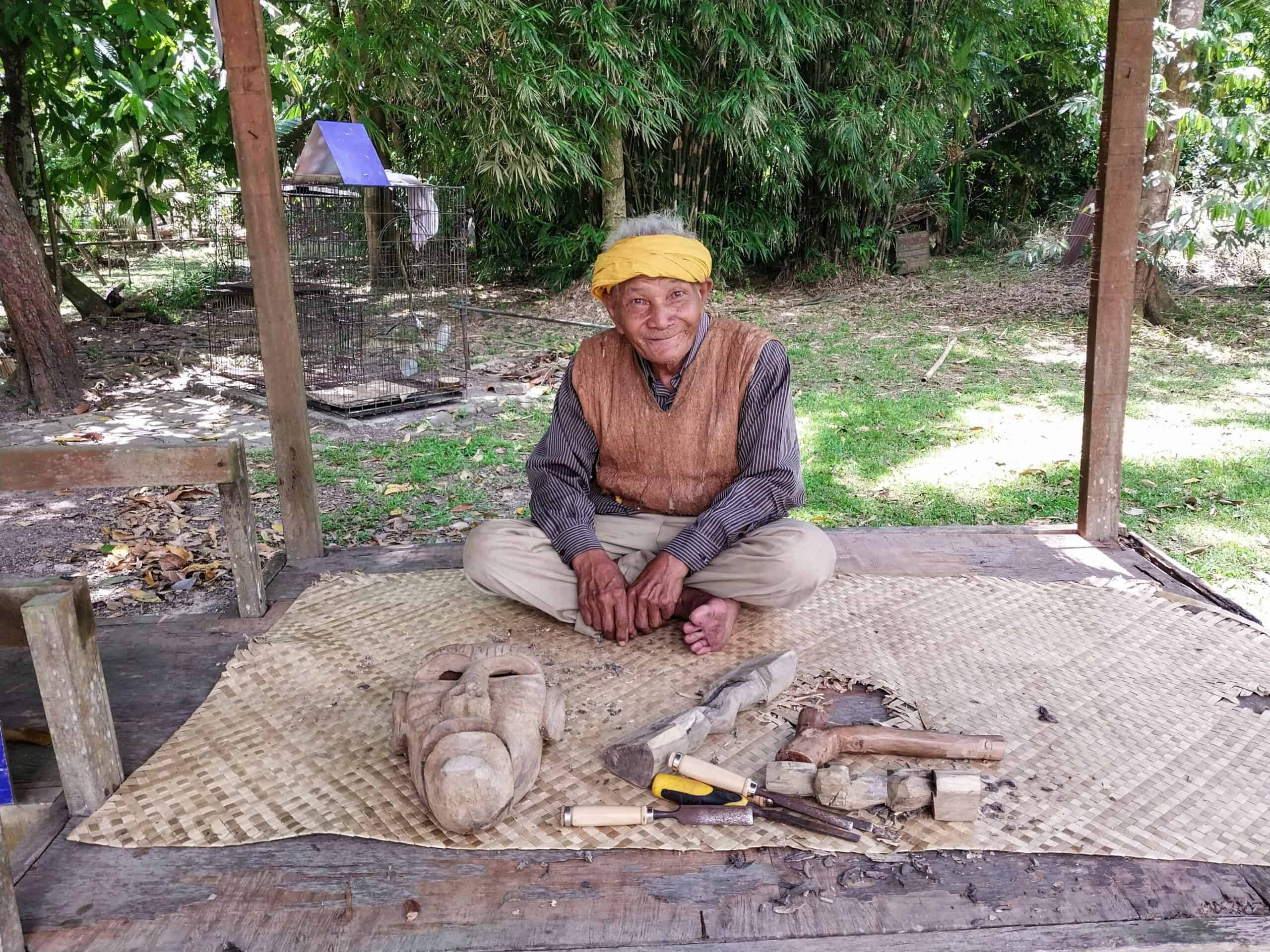
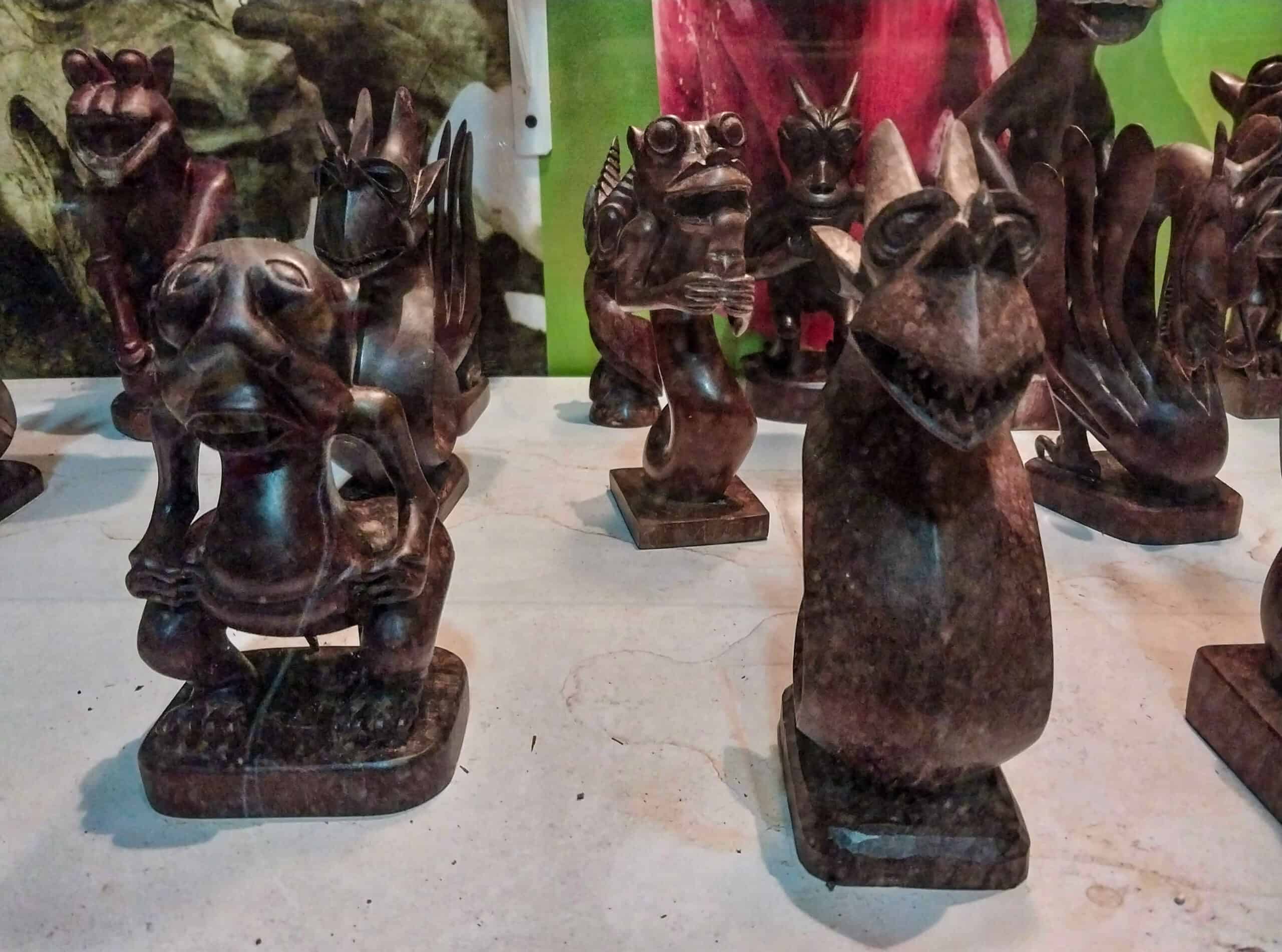
If you happen to show up solo and no one appears to be around? There are still plenty of interesting things to see on your own (without distractions) and a lot of well-written sign boards, displays and explanations on the history and culture of the fascinating Mah Meri Orang Asli (original people).
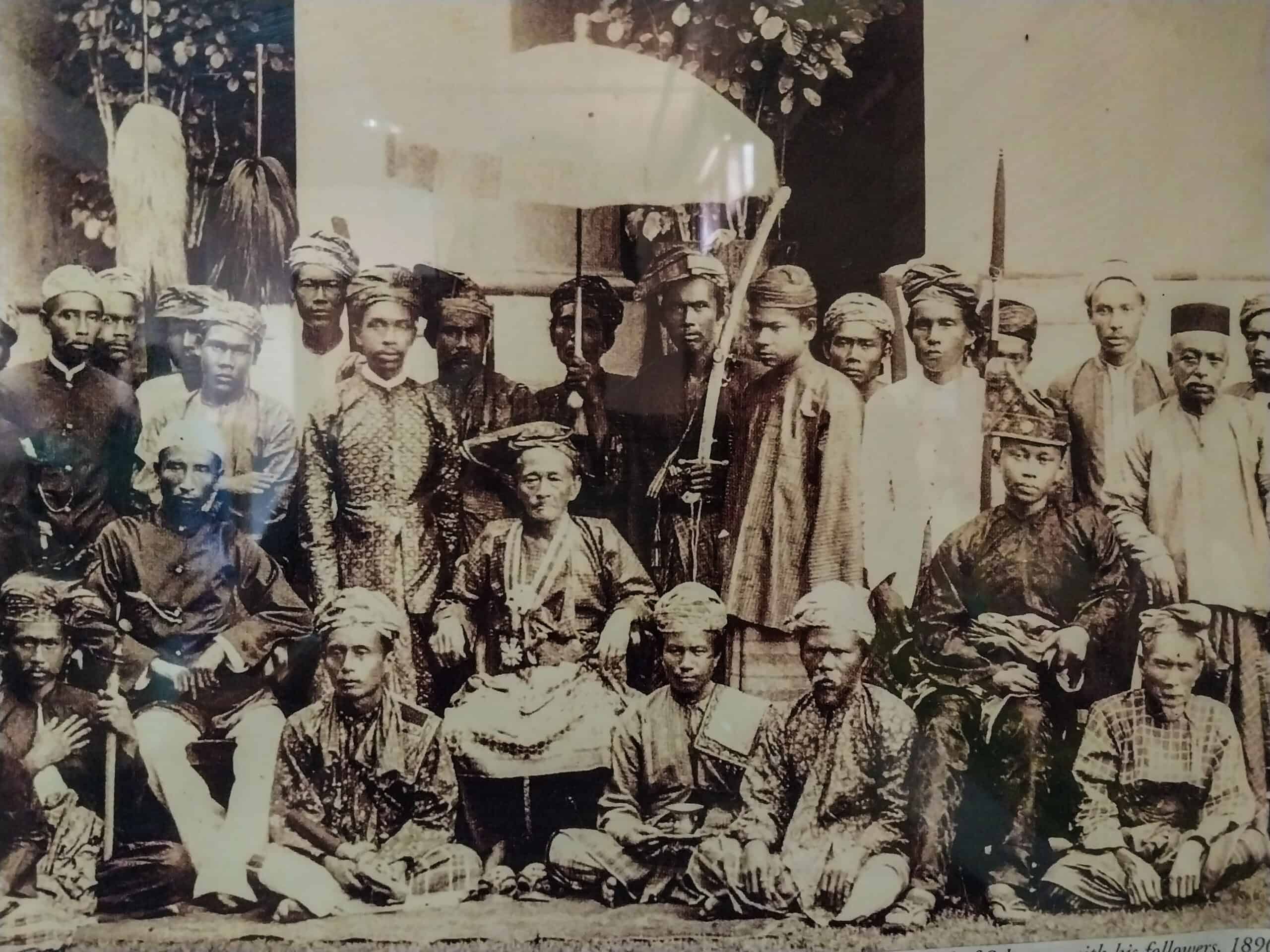
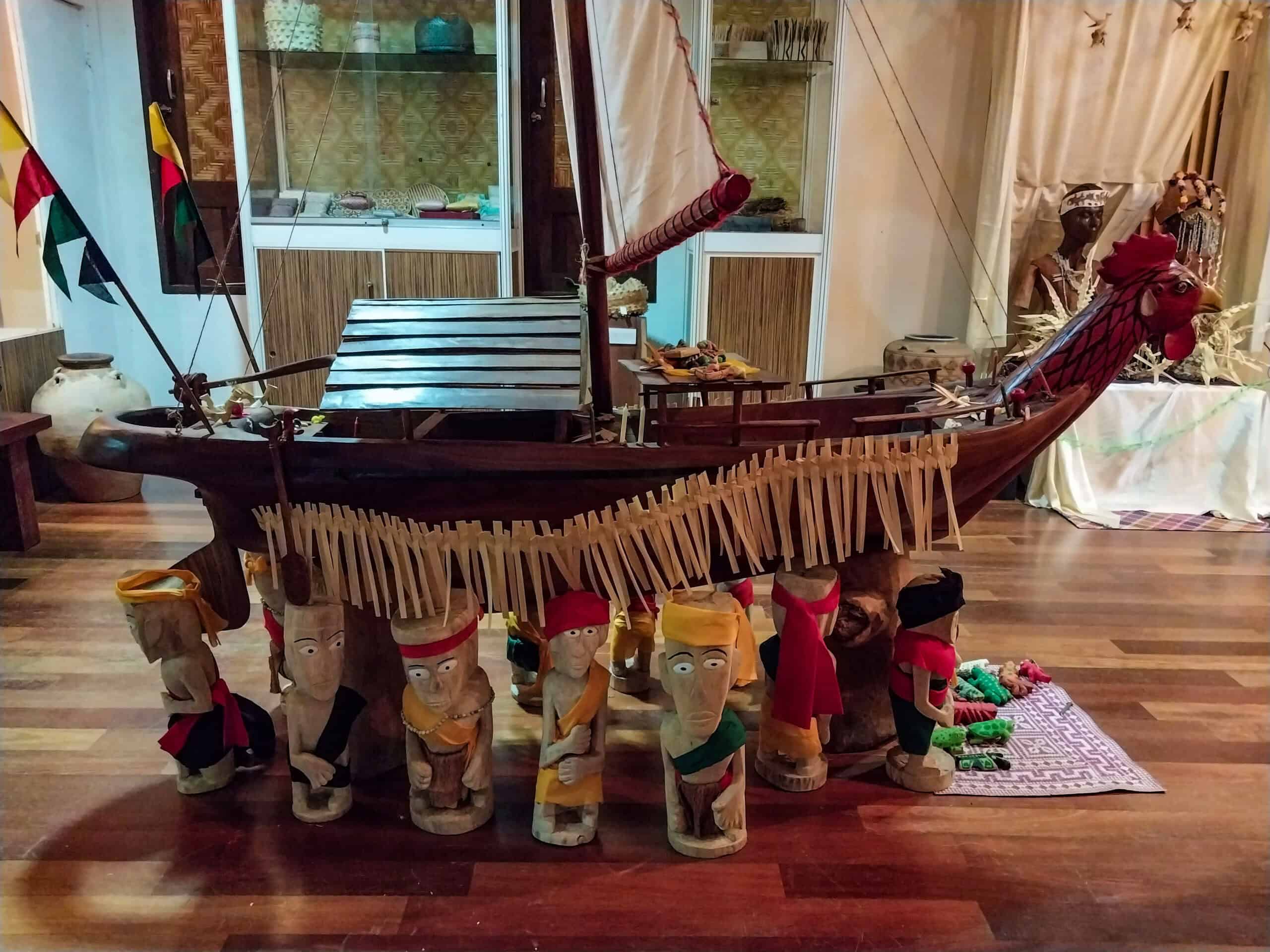
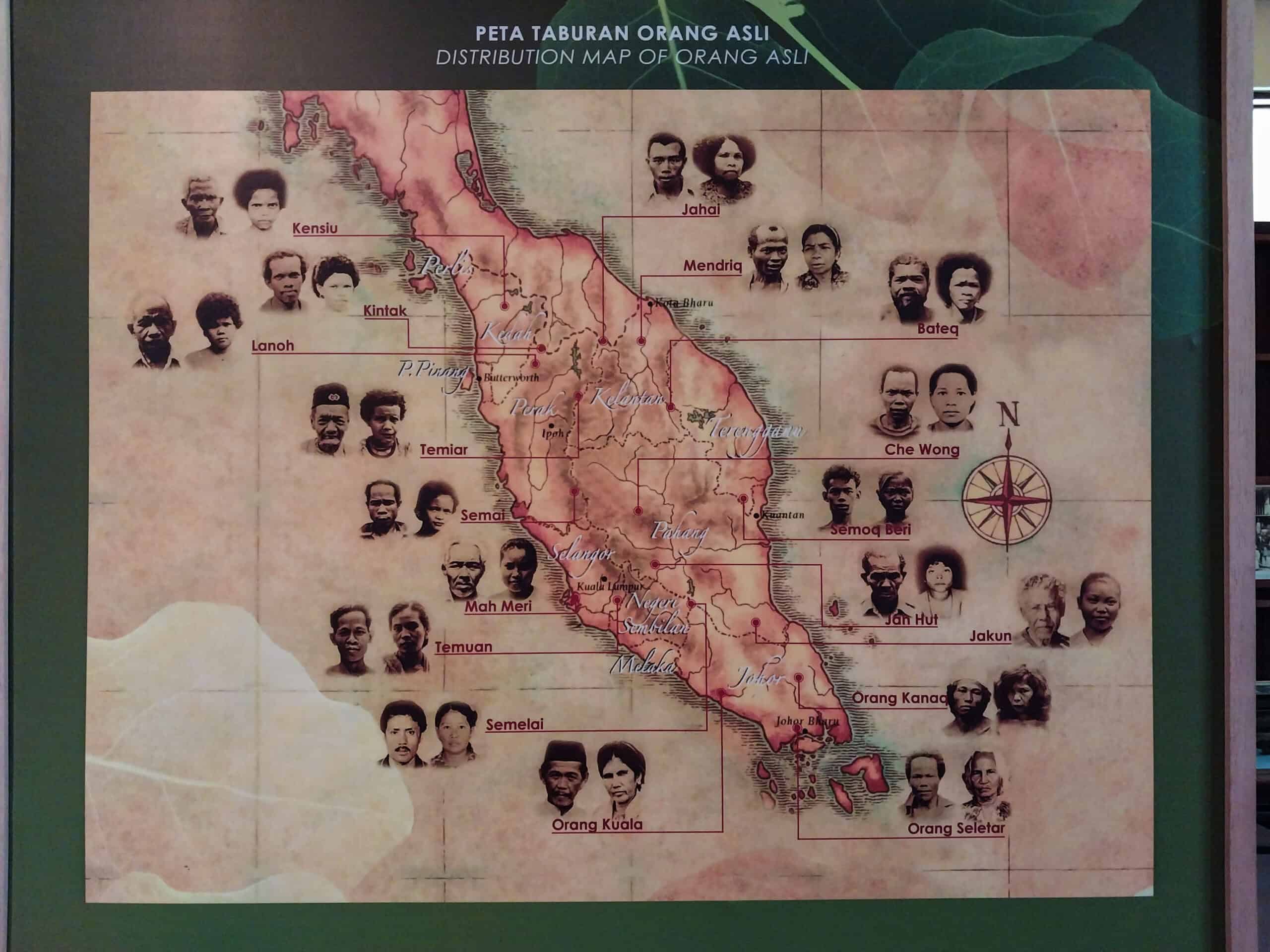
The complex is broken up into several areas of open air museum style displays, including a Rumah Moyang (Ancestor’s House), a mask carving area, palm leaf weaving area, performance stage, and dining area. There is also an enclosed exhibition area that contains photos, historic memorabilia and loads of information about the Mah Meri culture. It’s fascinating and enlightening, and worth a quiet undisturbed walk through.
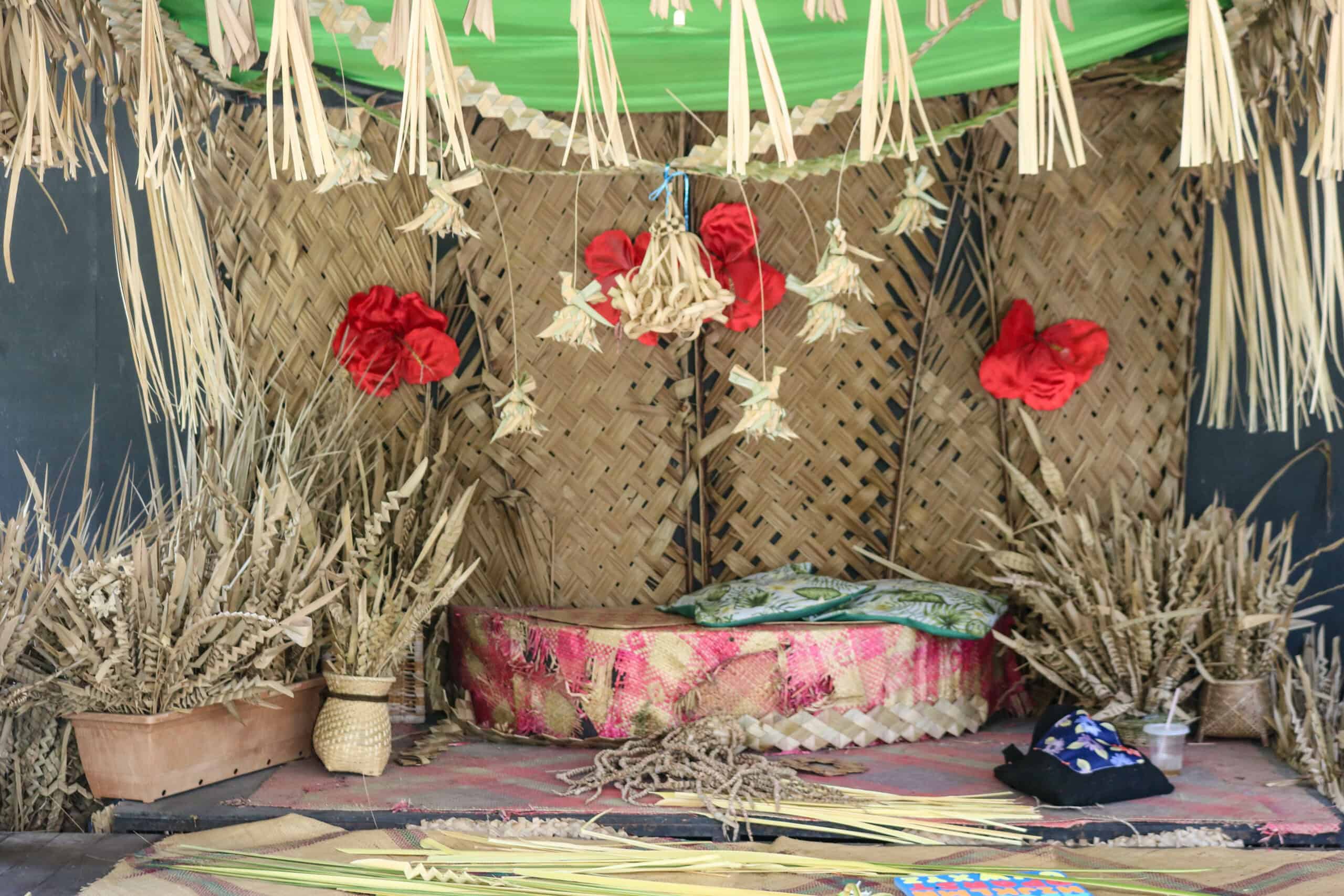
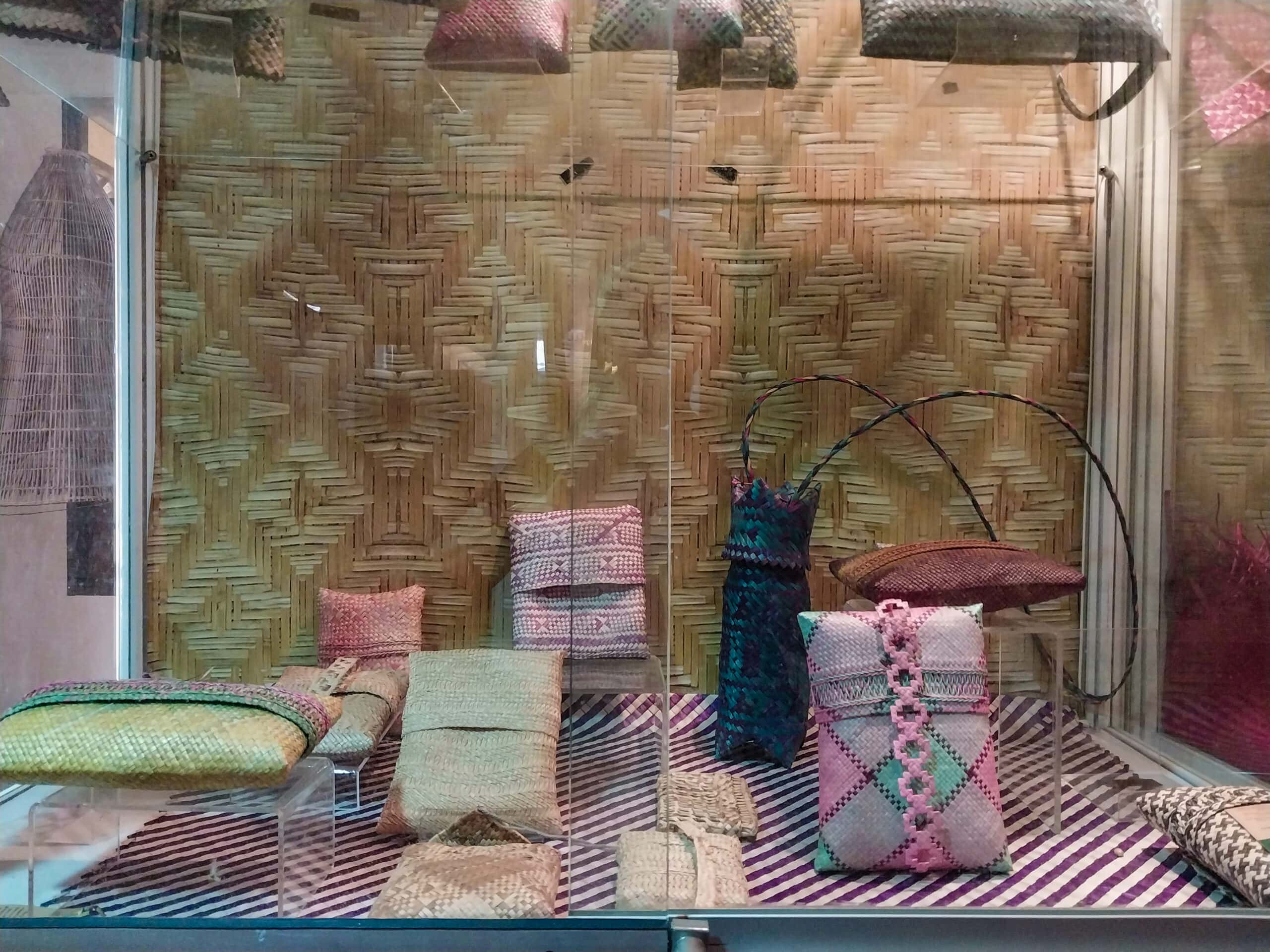
All in all, my visit to the Mah Meri Cultural Village was a good experience, and I learned quite a lot from the many displays, photos and information provided. Unfortunately, the café was closed during my visit, so I couldn’t try any Mah Meri cuisine. There were also no dancers performing, so I didn’t get to see any of that either. I did however get to try on a Mah Meri wedding gown, which can be a bit toasty on a hot day, but fun never-the-less.
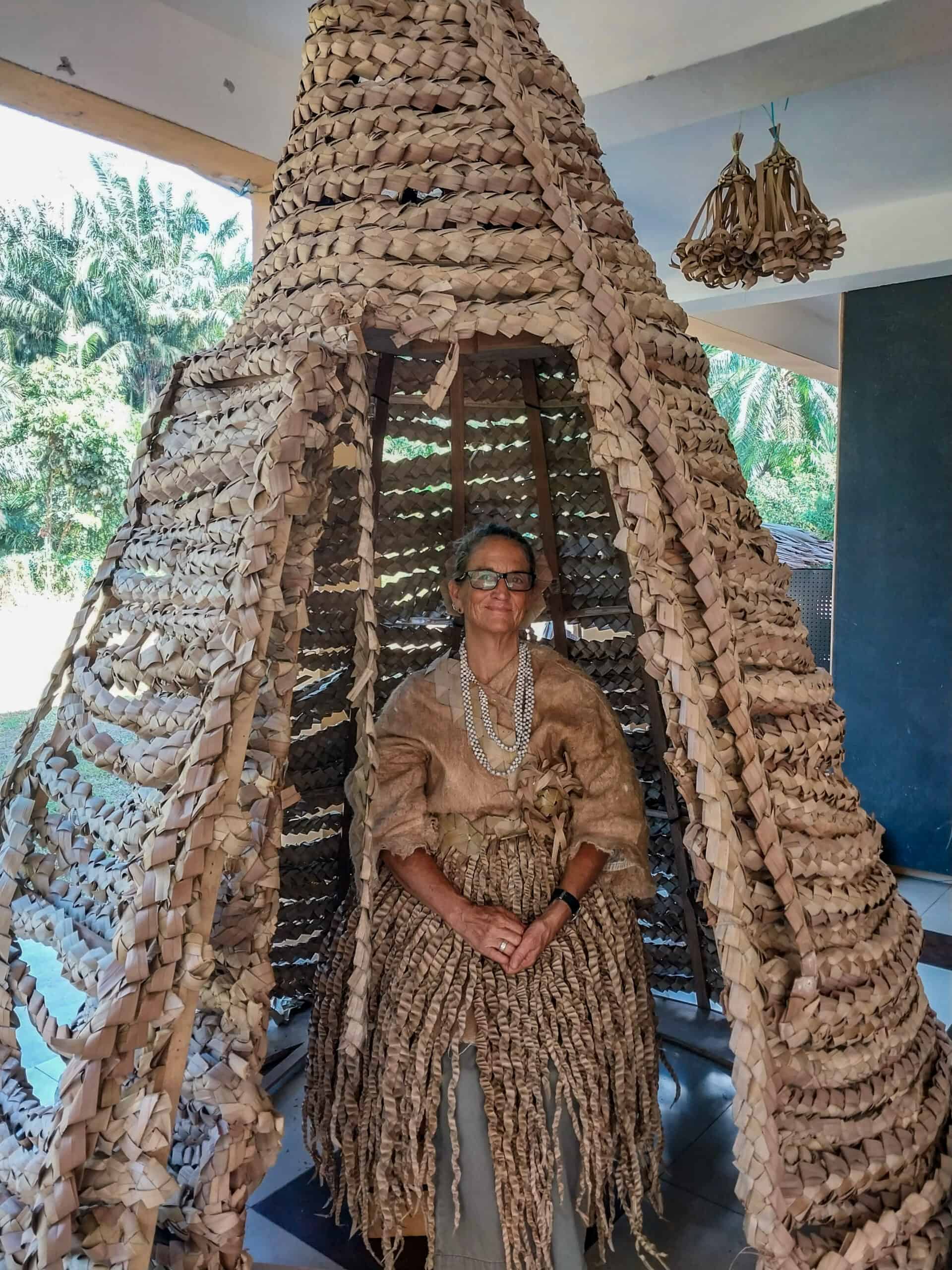
Had I been part of a tour or media group, I’m sure it would have been all hands-on deck with all the cultural bells and whistles. However, I was just a lone visitor passing through and was actually surprised to find them open. But they were and kudos for that. 25 Ringgit entry was a small price to pay and well worth it.
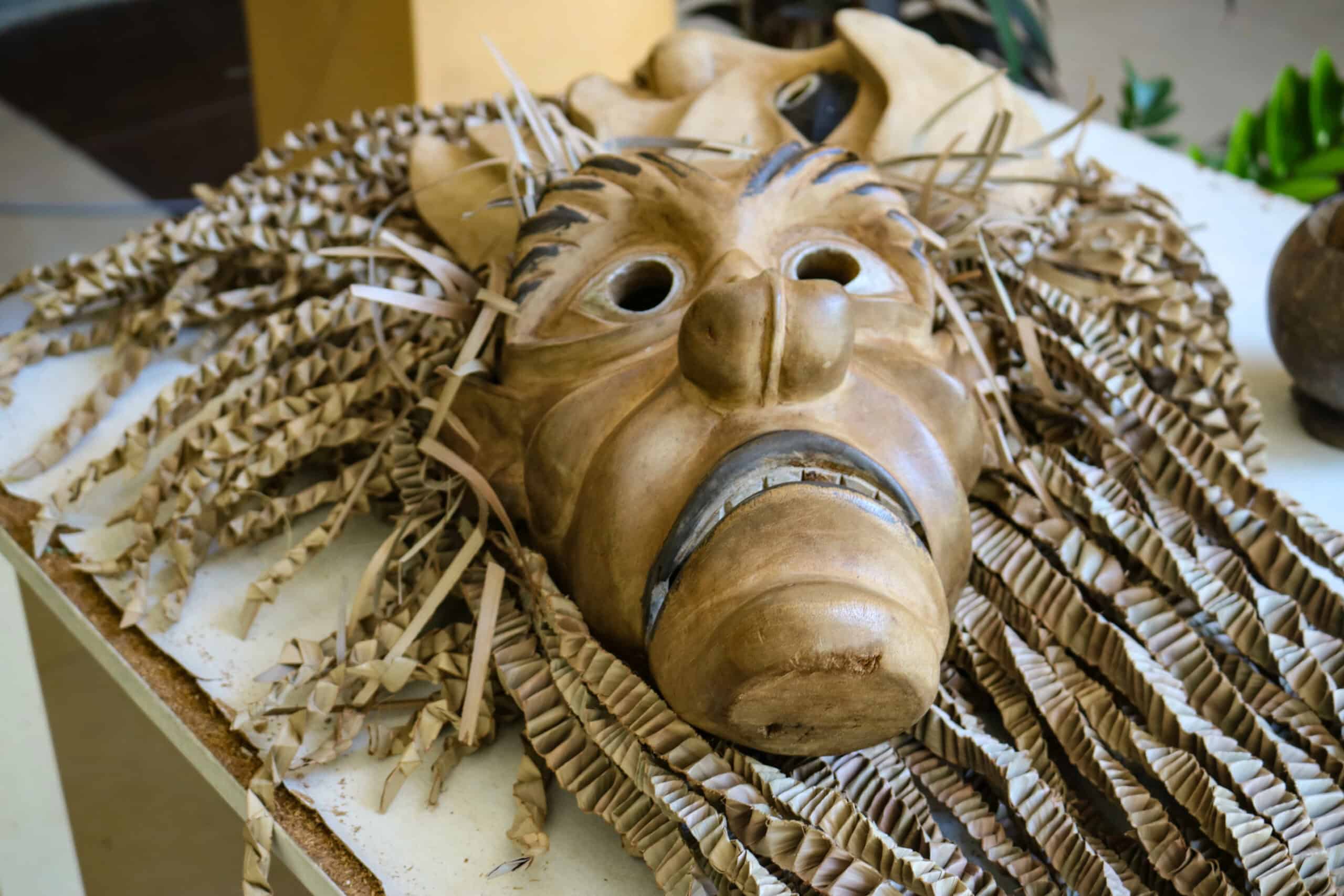
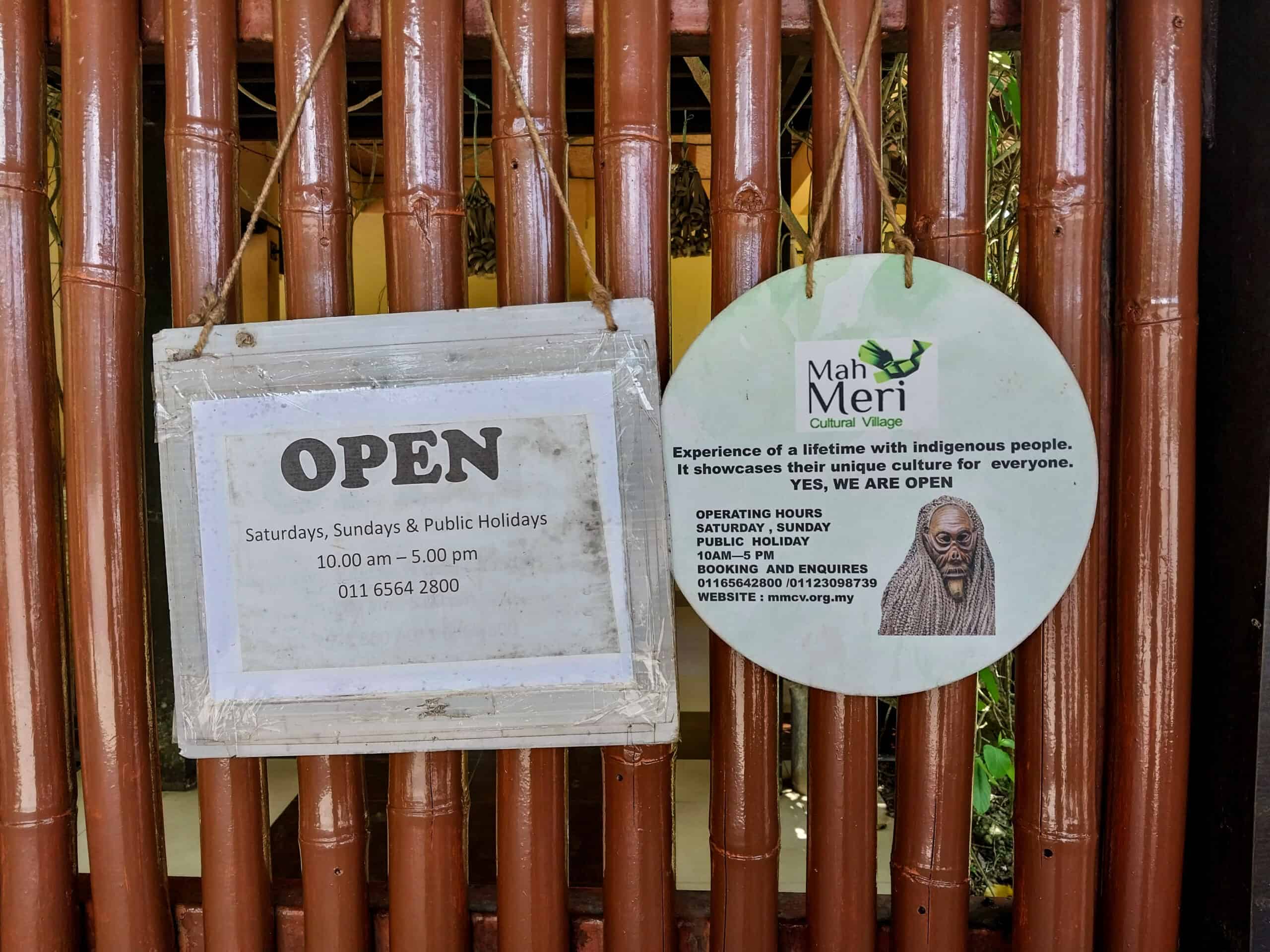
The Original People of Pulau Carey (island)
The Mah Meri tribe are descendants of ‘forest people’ as well as ‘sea people’. Similar to the Urak Lawoi of Koh Lipe, Thailand, they once lived off the sea. In fact, if you listen carefully to some of the songs of the Urak Lawoi, you’ll hear some similarities in the words and music of the Mah Meri. Images of the colorful tribe can be seen on nearly every Malaysia tourism brochure. An enigmatic people with an allure of mystery. They are synonymous with Selangor, Malaysia.
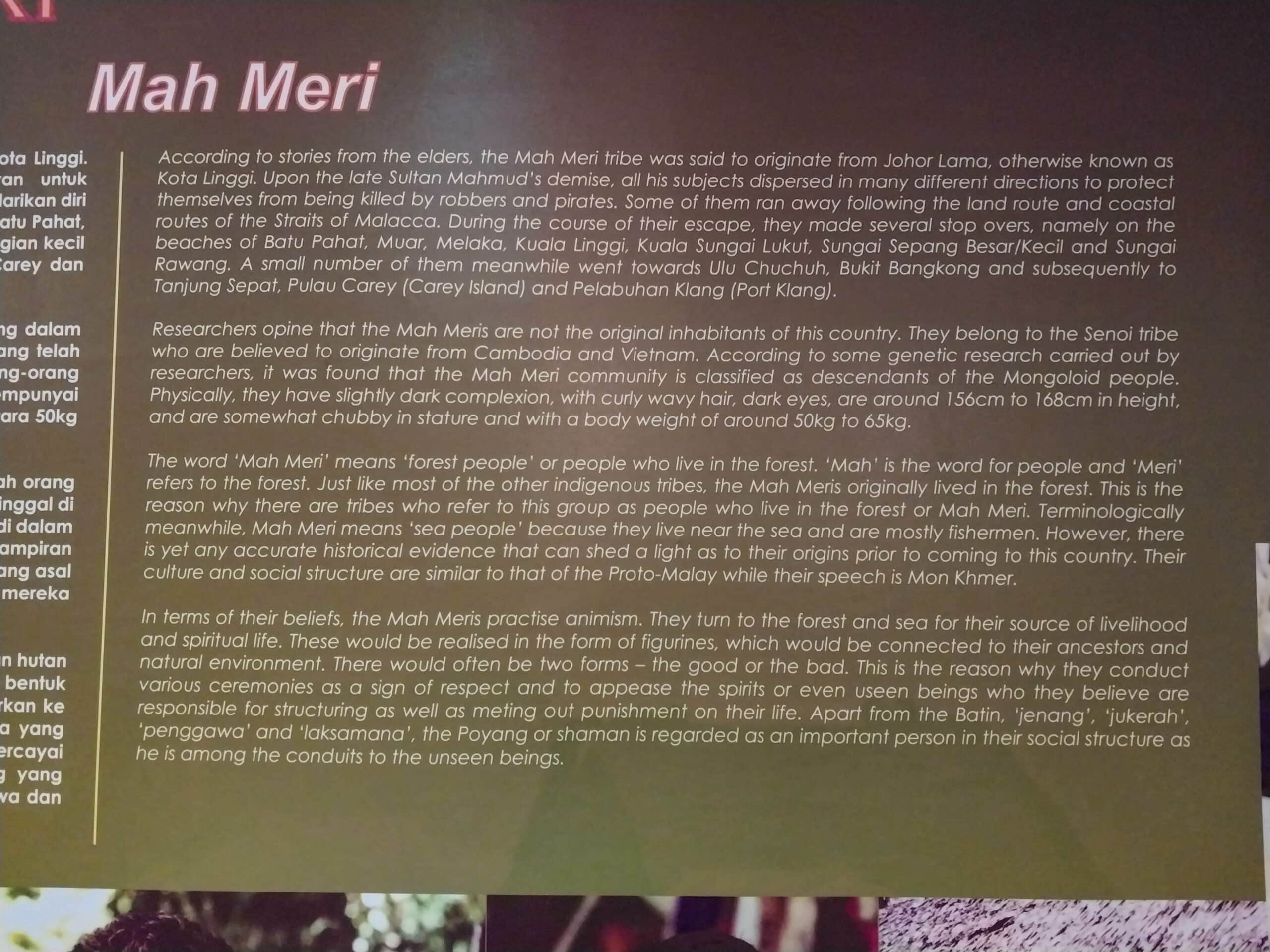
However, it is rare to get your hands on any ‘How or where to see them’ information. All I knew was that they lived on Pulau Carey (Carey Island). Somewhere.
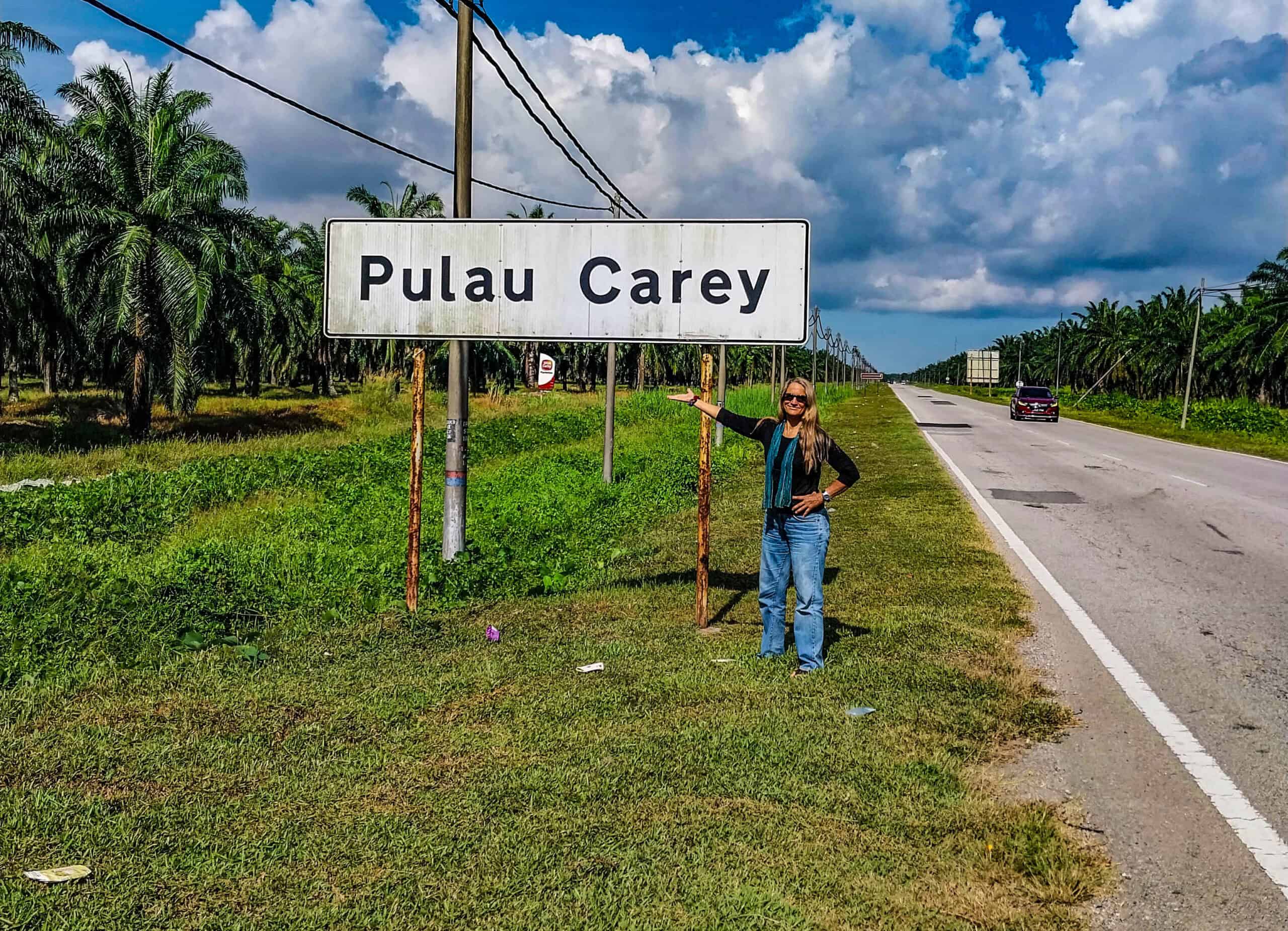
I have crossed paths with the Mah Meri tribe several times over my decade plus career as a travel blogger, but I had never been to Carey Island itself until this past year. I had accidentally stumbled upon the Mah Meri Cultural Village’s unofficial Facebook Page, which is what finally led me to the island after years of me ‘planning to go one day’. I had never heard of the Mah Meri Cultural Village and I was most certainly intrigued.
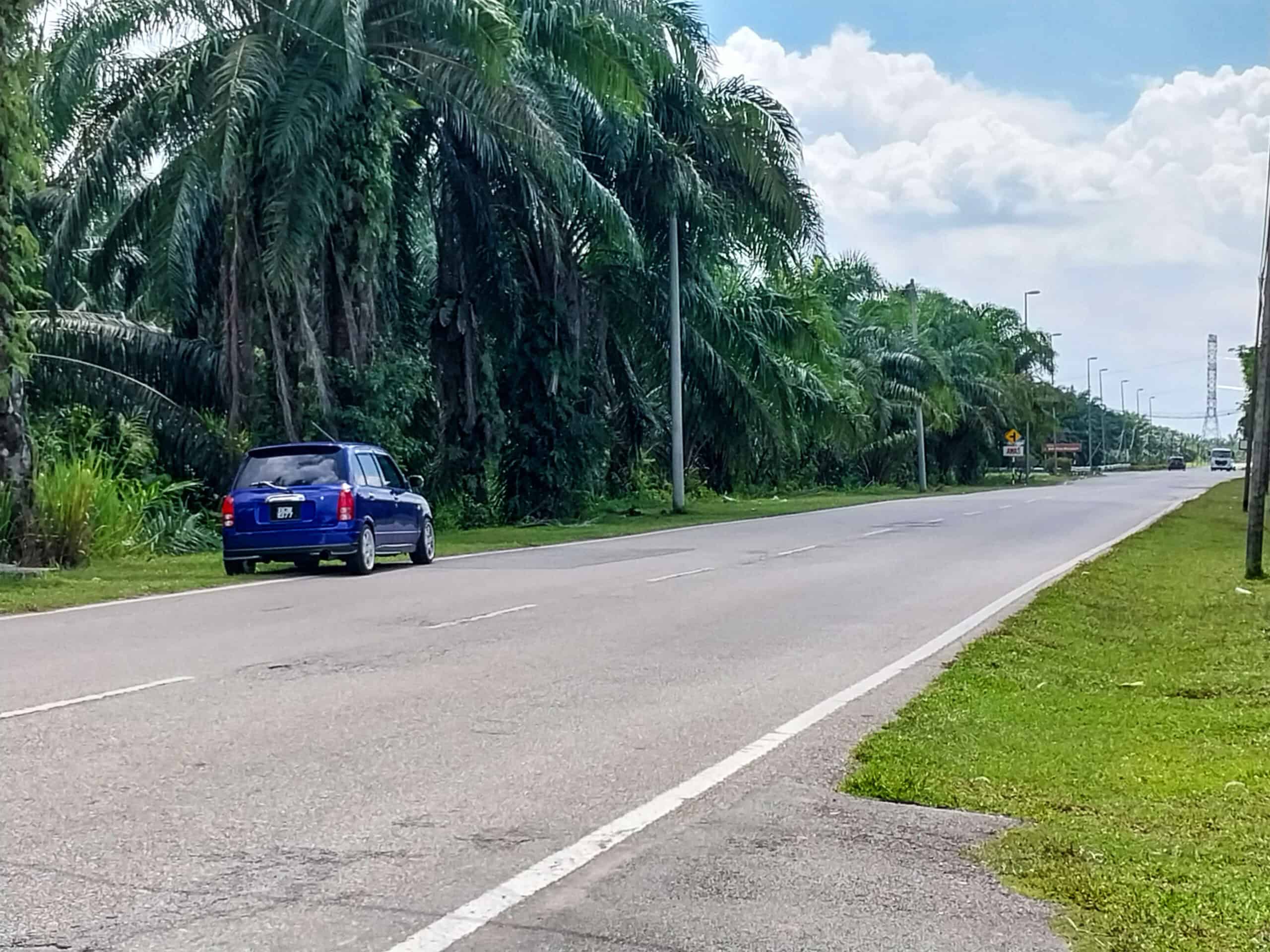
When I finally did make it to Carey Island, it wasn’t what I had expected at all. It wasn’t an island filled with thatched roof huts, swaying palms and the remnants of yesteryear my imagination had conjured up, it is acres and acres of Oil Palm trees and shiny paved roads. Roads that led me to the Amverton Cove Golf & Island Resort, where I was booked to stay for a few days.
My Carey Island Backstory
When I first went looking for the Mah Meri Cultural Village, I assumed that anyone on Carey Island would be able to point me in the right direction. Yet no one at the resort’s front desk had any information to offer me despite the fact that they had a Mah Meri mural painted on a wall in the hotel lobby, and basically designed their water park with a ‘tribal’ theme. Their version of contributing to the community, I suppose.
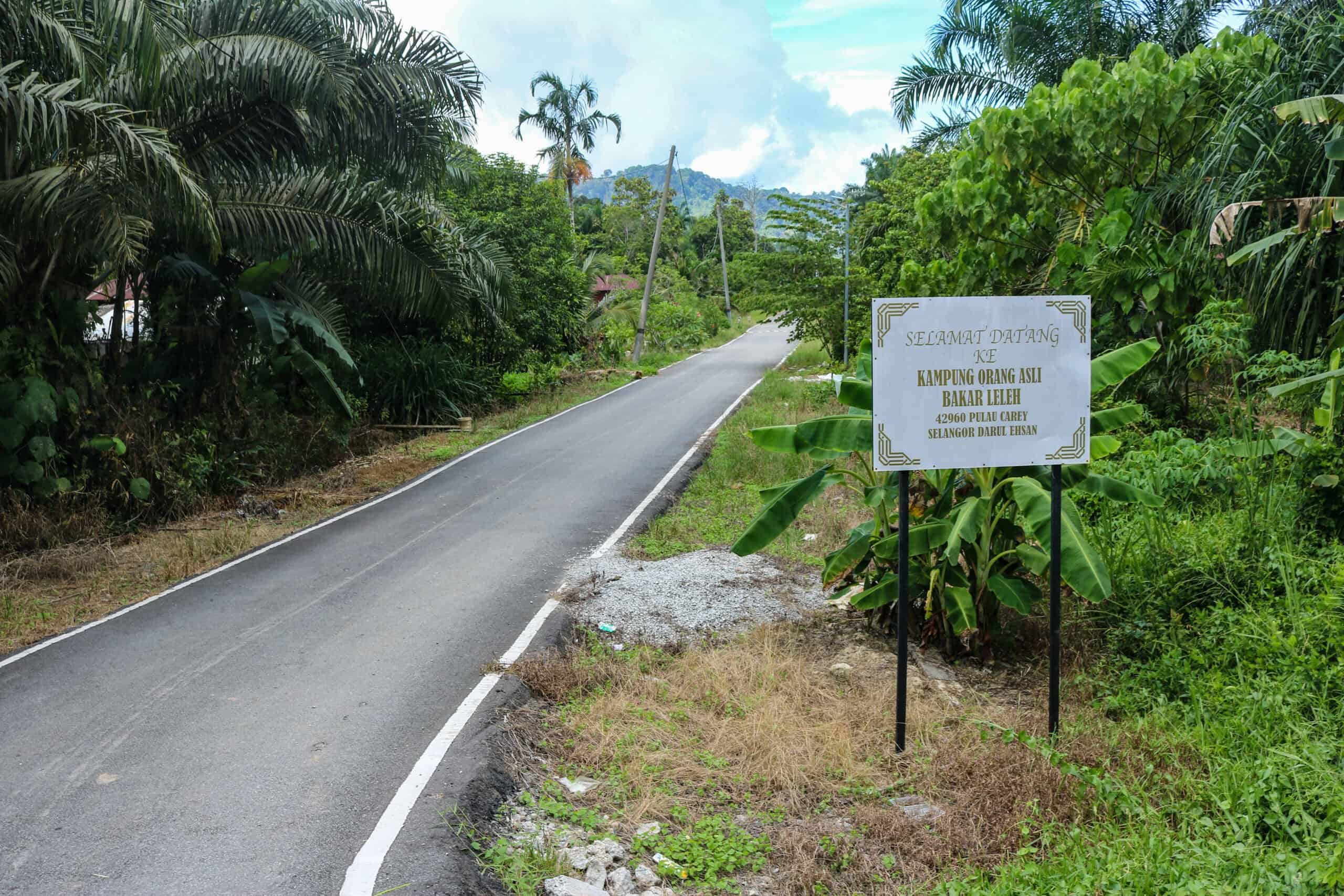
Unable to get a shuttle to the front gate of my resort’s rather massive complex, I shuffled on out to the main highway and asked a resort security guard. He pointed me in a direction ‘down the road’. An hour later I saw a roadside sign and eventually wandered into a kampung. I found an elderly man, who then pointed me back in the direction I came from.
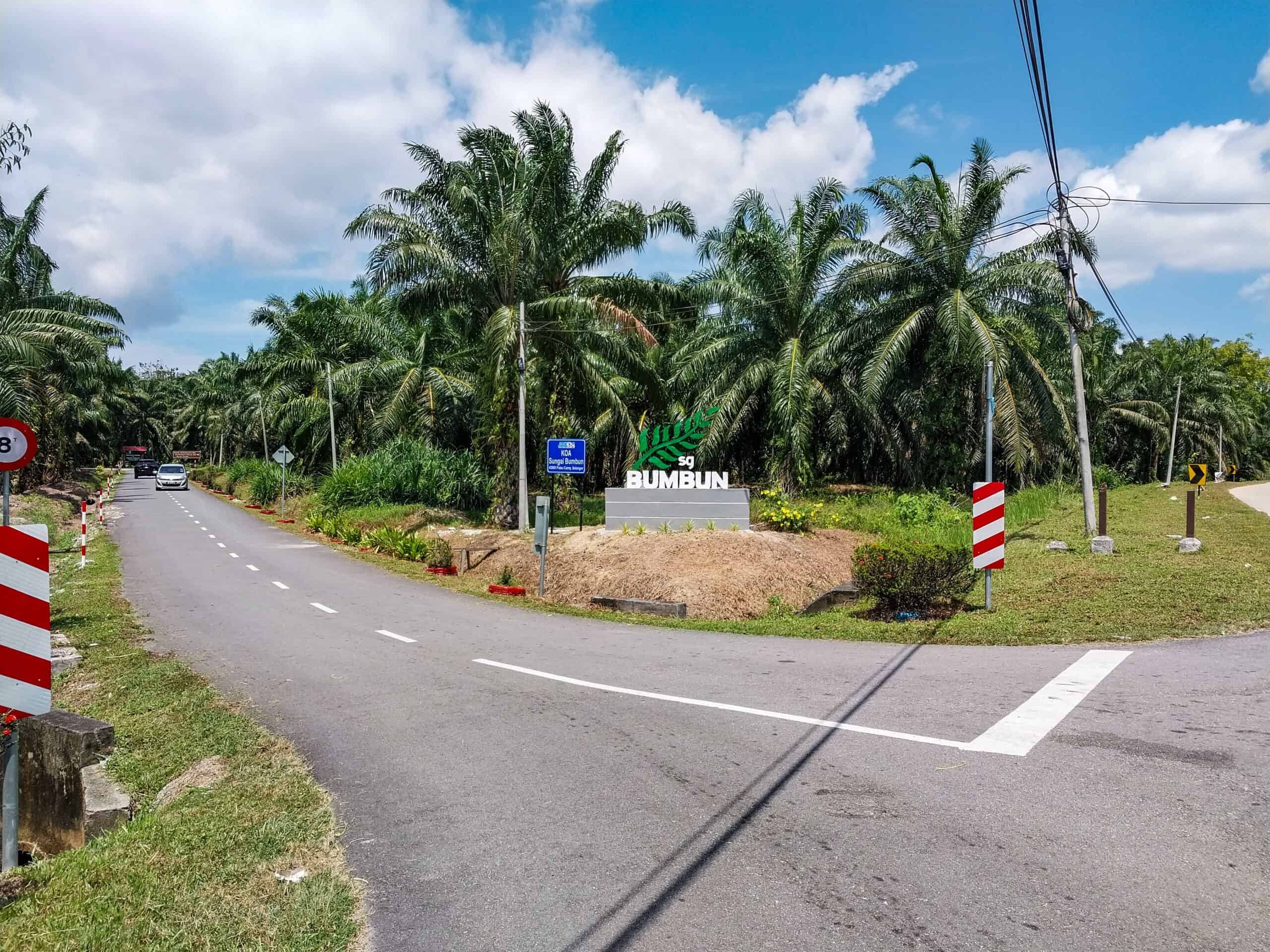
So, in the heat of the day, I walked back… I kept walking past the resort and low and behold, less than a kilometer from the resort was another sign that looked more promising; Sungai Bumbun.
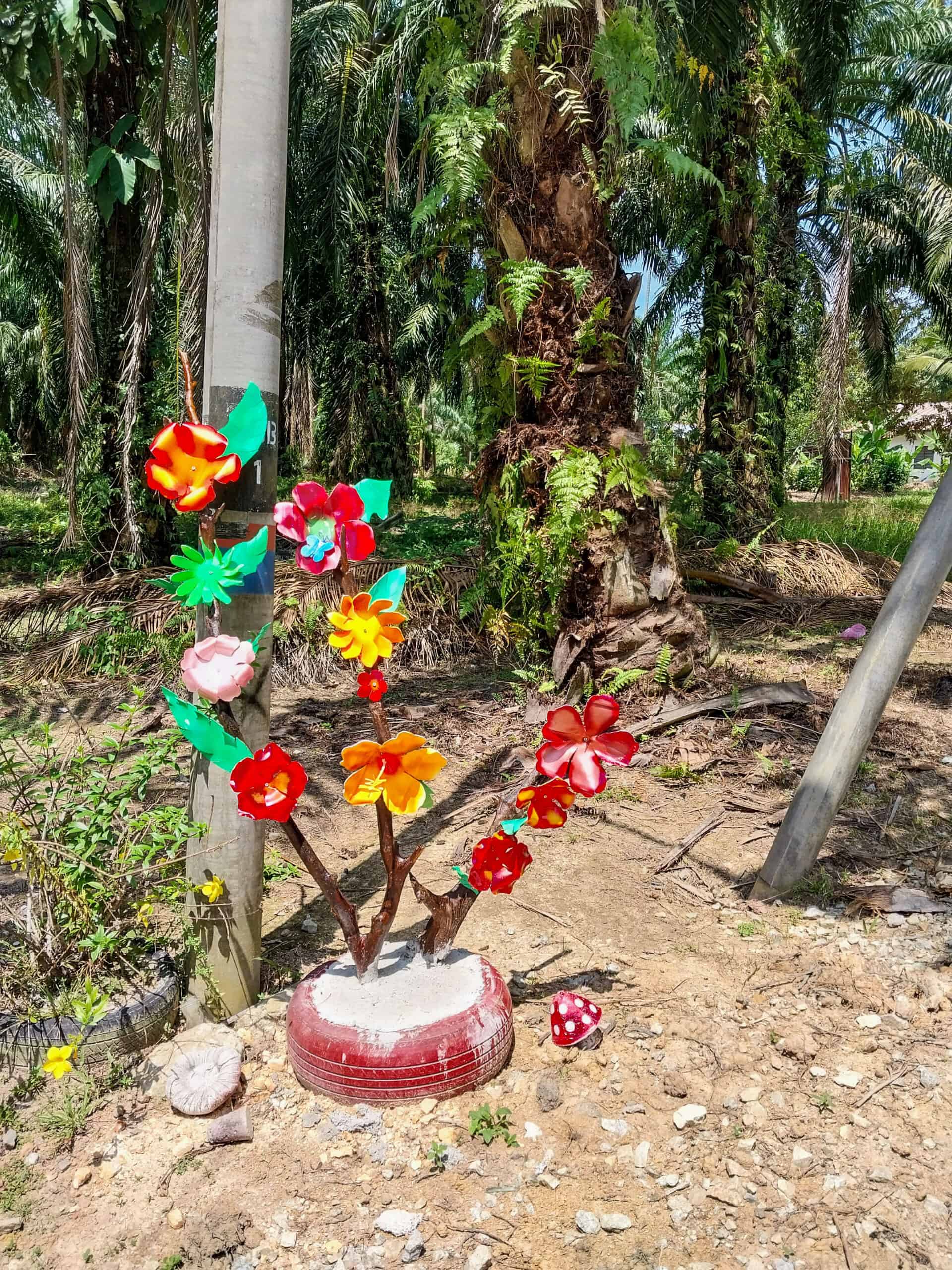
I saw signs of life. I also saw signs indicating I was indeed finally heading in the right direction. The roadsides dotted with colorful, creative décor. A décor similar to décor I later saw at the Weng Valley Palm Plantation in Baling, Kedah. Coincidence? Probably not. I’ve since come to recognize these touches of recycle artistry in Malaysia as possible fingerprints of FELCRA projects.
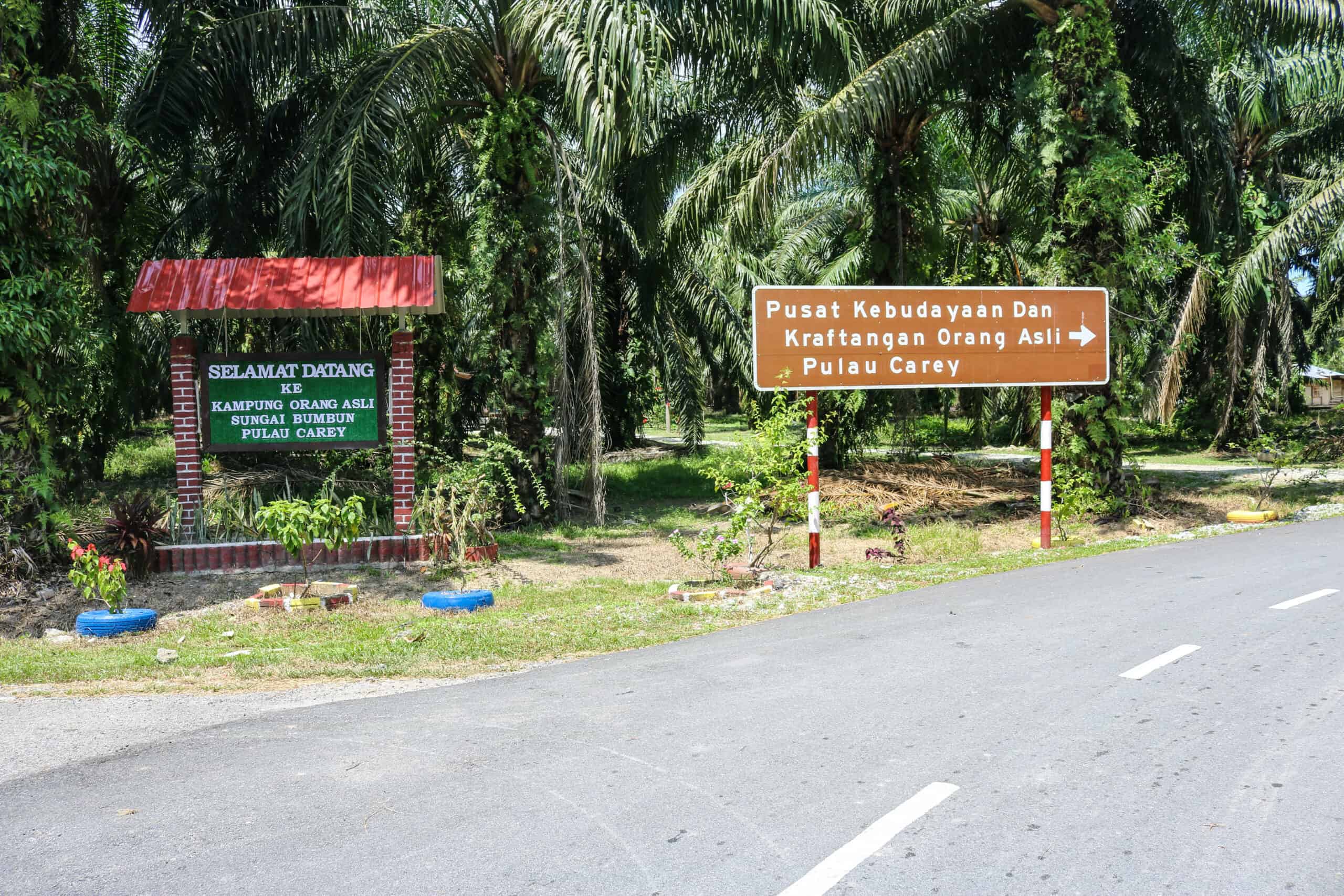
Currently FELCRA is actively involved in several areas of business such as real estate, construction, education, food producing agriculture, and plantations; including (according to the FELCRA website) owning and operating 33,145 hectares of Oil Palm Estates.
Getting To (and from) Carey Island Using Public Transportation
Carey Island appears on the map as kind of being out in the middle of nowhere. How does one even get there without private transportation? Well, I found out. If you have your own transportation, then it will be a piece of cake. Take Route 5 from Klang, Selangor. If you don’t have your own transportation, then head to the nearest KTM Komuter Station and take the train to the Jalan Kastam Station. From there you can book a GRAB for about RM35 (one way). I initially went to the Port Klang station, but found out later that it was actually an added distance I didn’t need. It was also a bit ‘remote’, meaning it took me a while to get a GRAB taxi.
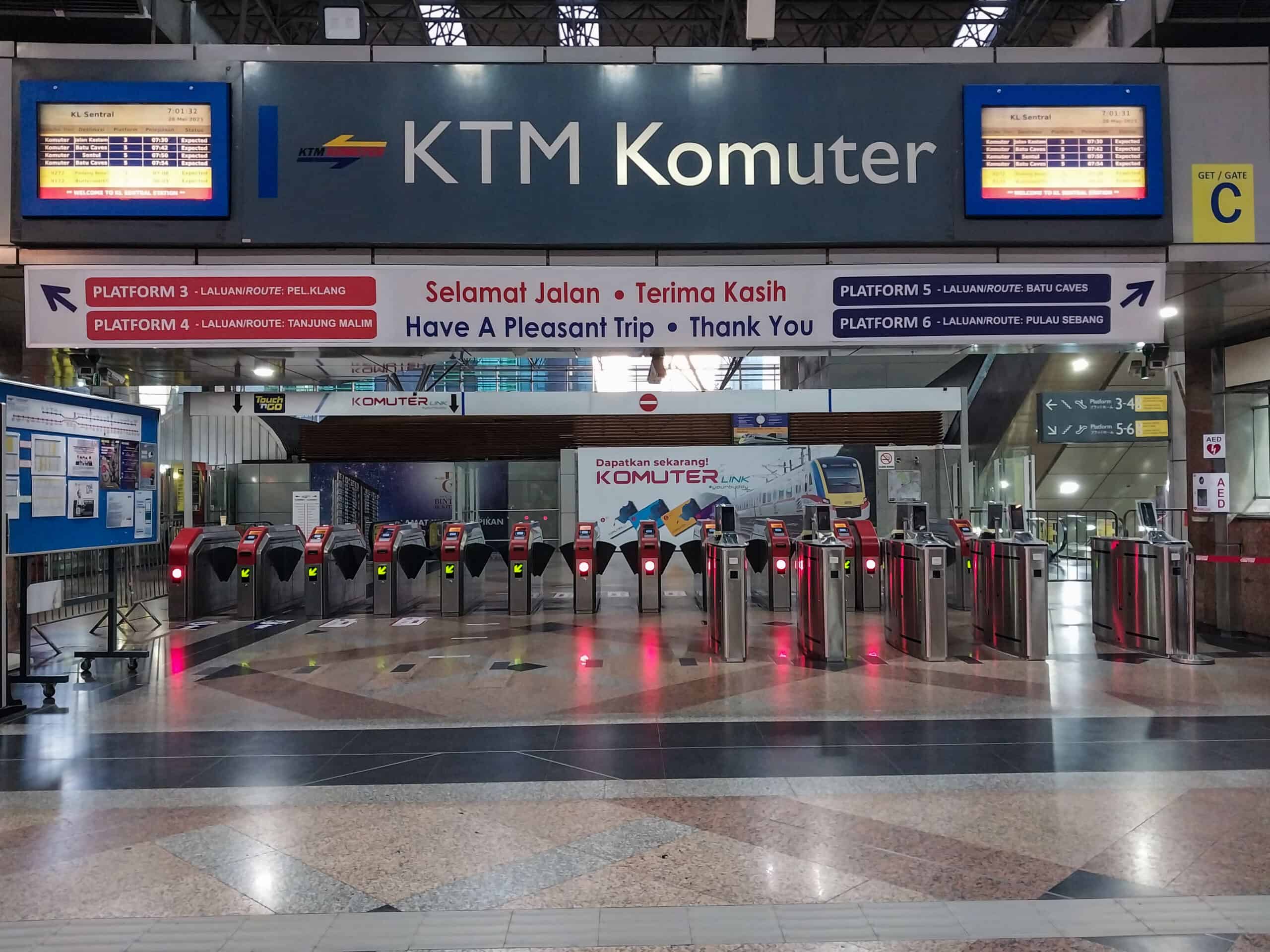
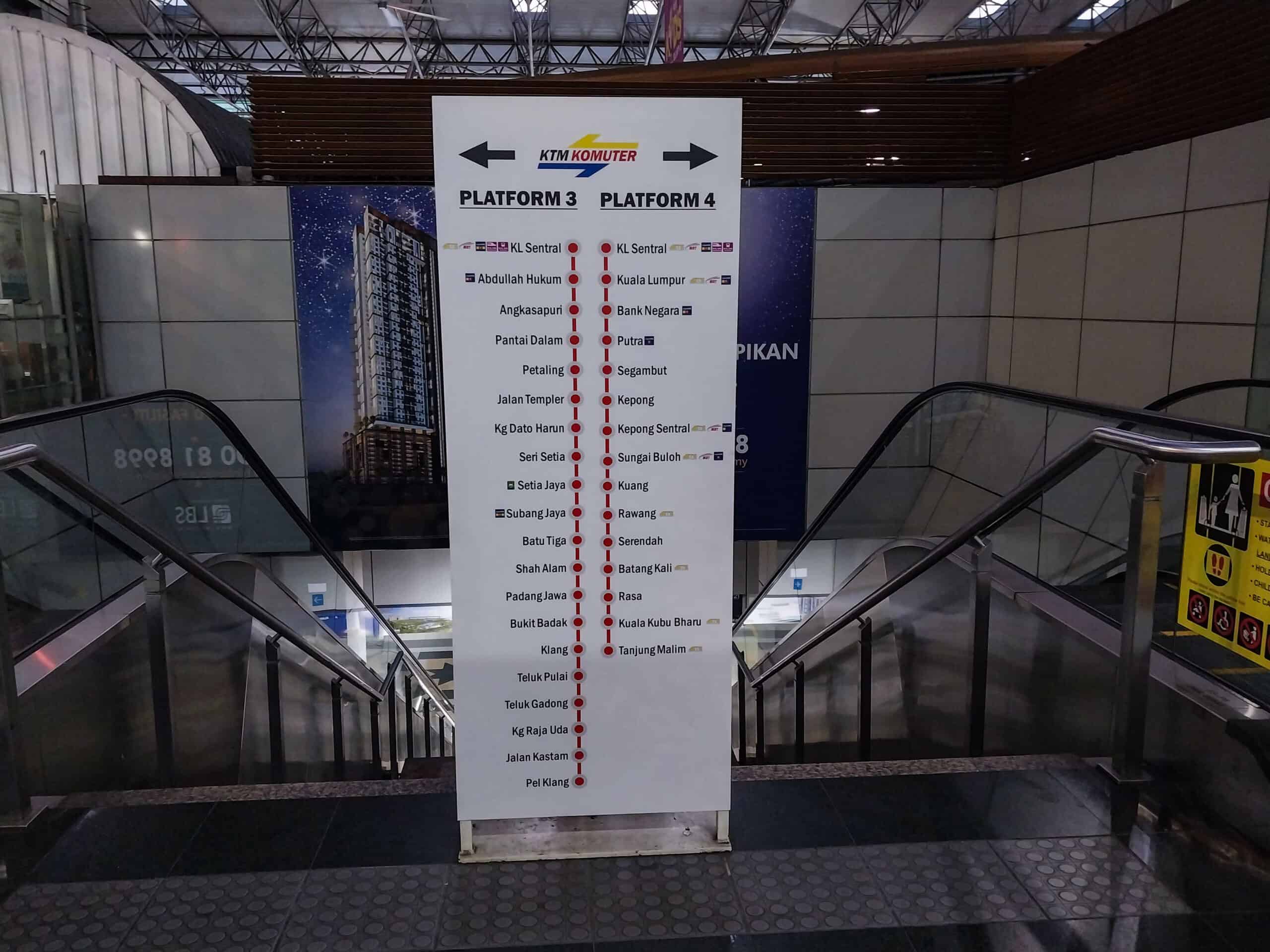
Be forewarned, that the KTM Train is slowish and it will take at least an hour to get from KL Sentral to the Klang area. But a taxi heading in the same direction won’t necessarily be any faster due to traffic. So, sit back and enjoy the slightly scenic journey and save some cash, because the KTM Train is significally cheaper than taking a taxi.
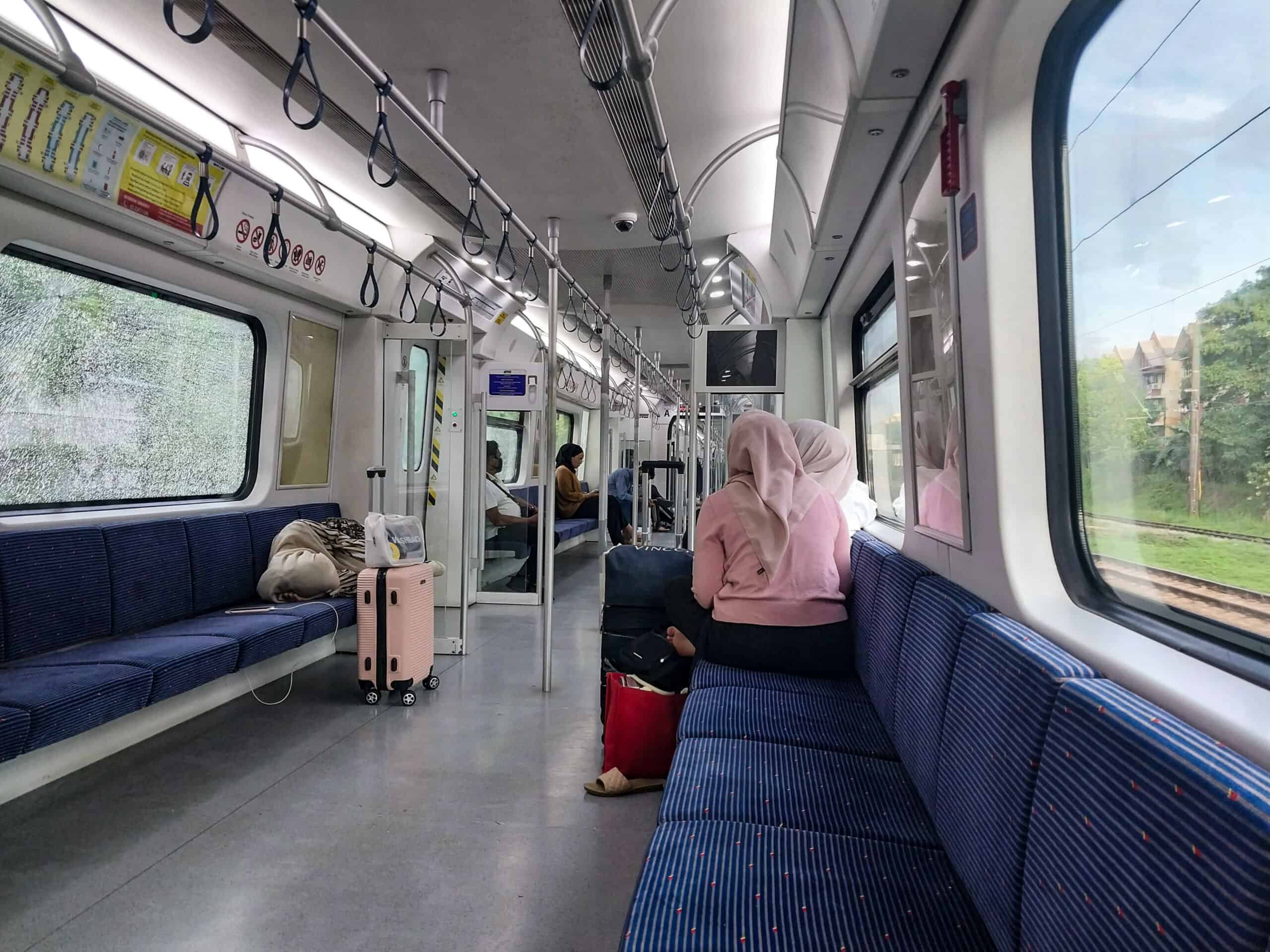
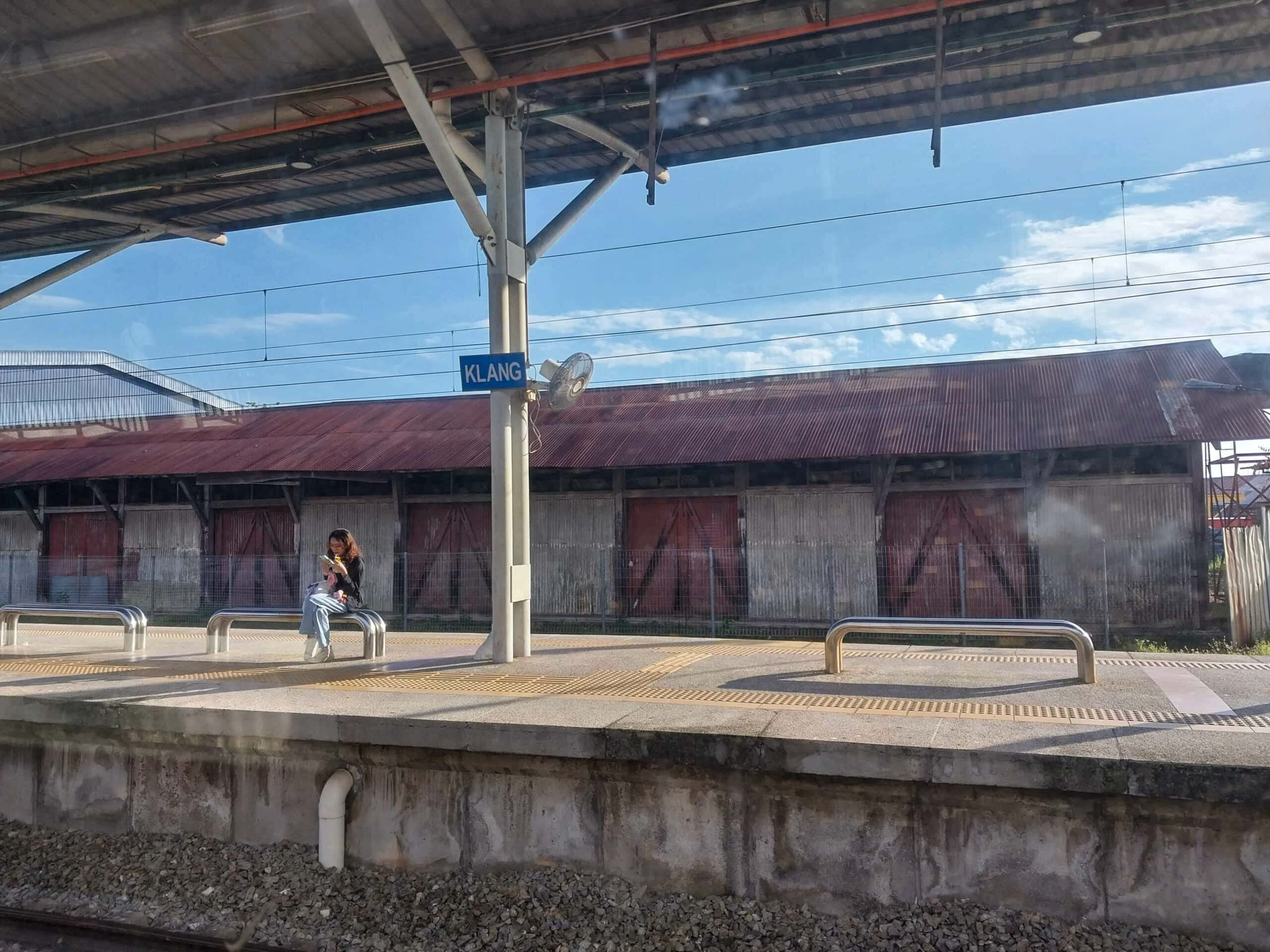
Getting back to civilization from Carey Island is a whole new ball game as getting a GRAB to drive out there for a pick up can be challenging. Best bet is to try your luck getting to the nearest train station, whether it be Jalan Kastam Station or ‘other’. Basically, the closest ‘civilization’ location, where you can in turn take the train or splurge on another GRAB to take you back into Kuala Lumpur. It won’t be expensive per say, it’s just the availability of drivers that is the issue.
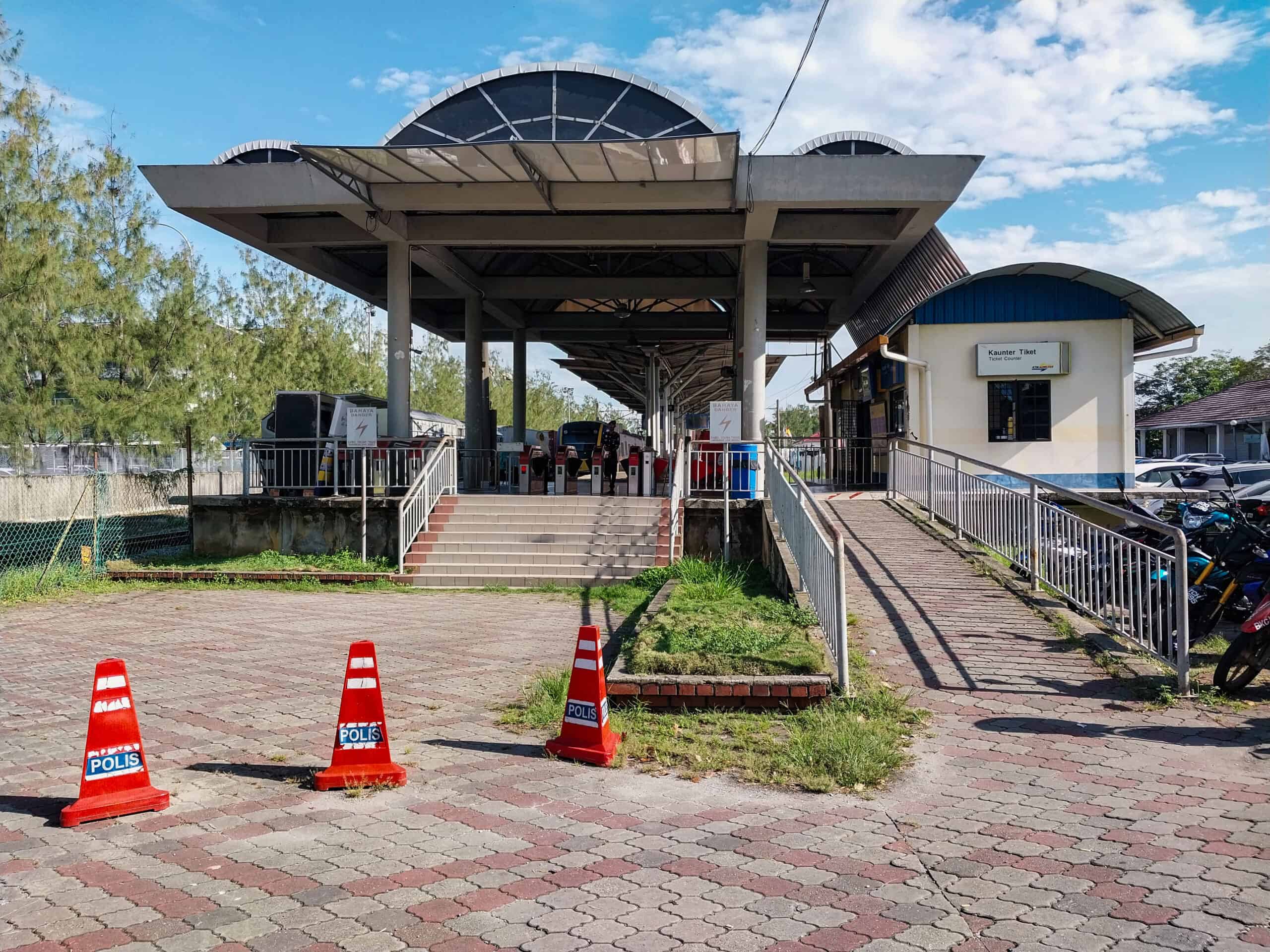
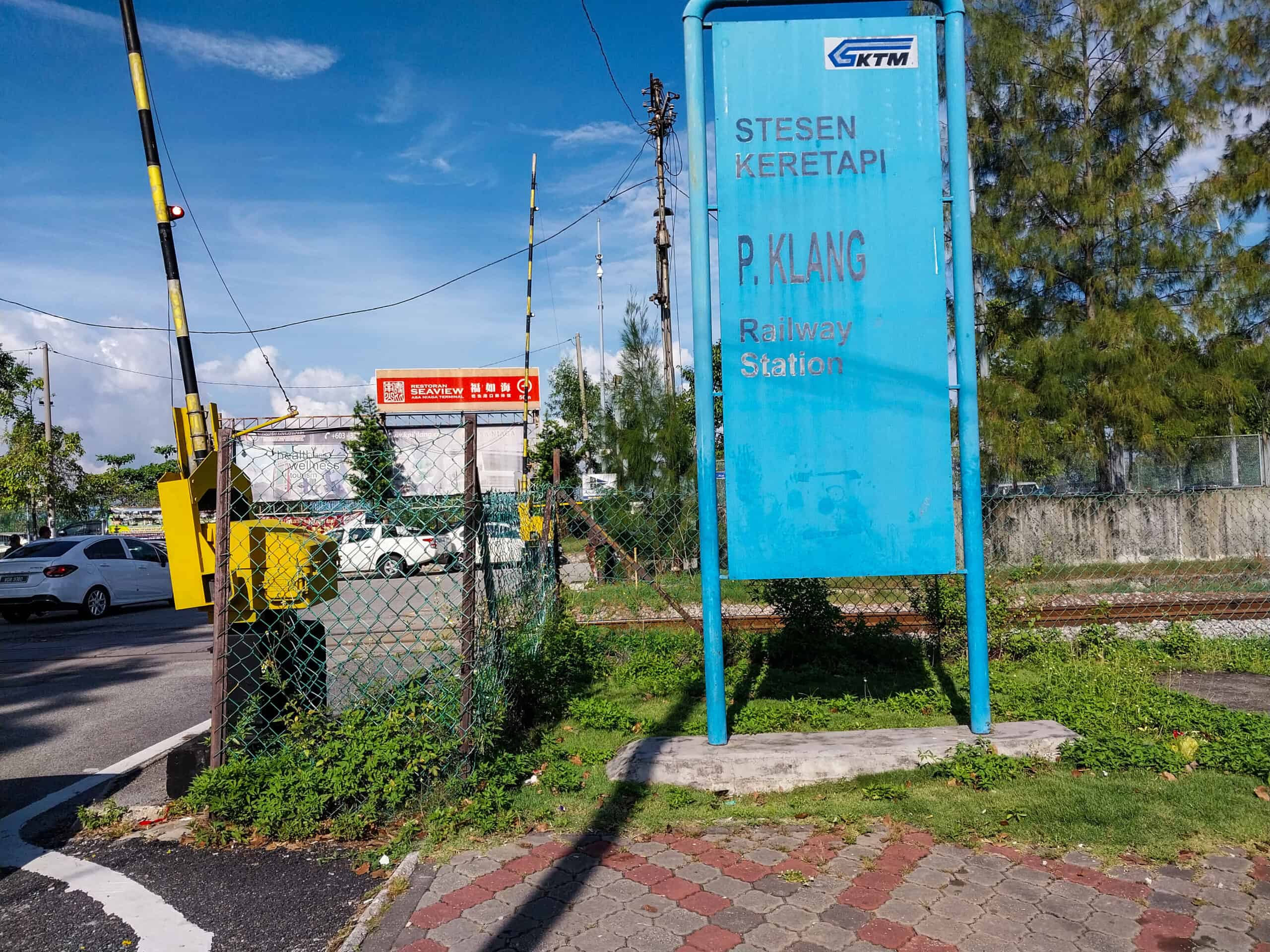
Of course, if you are flush with cash, you can ask your taxi to wait for you (on the clock). It could be your lucky day and he or she might even be in tour guide mode and do a little drive around Pulau Carey. You just never know unless you ask.
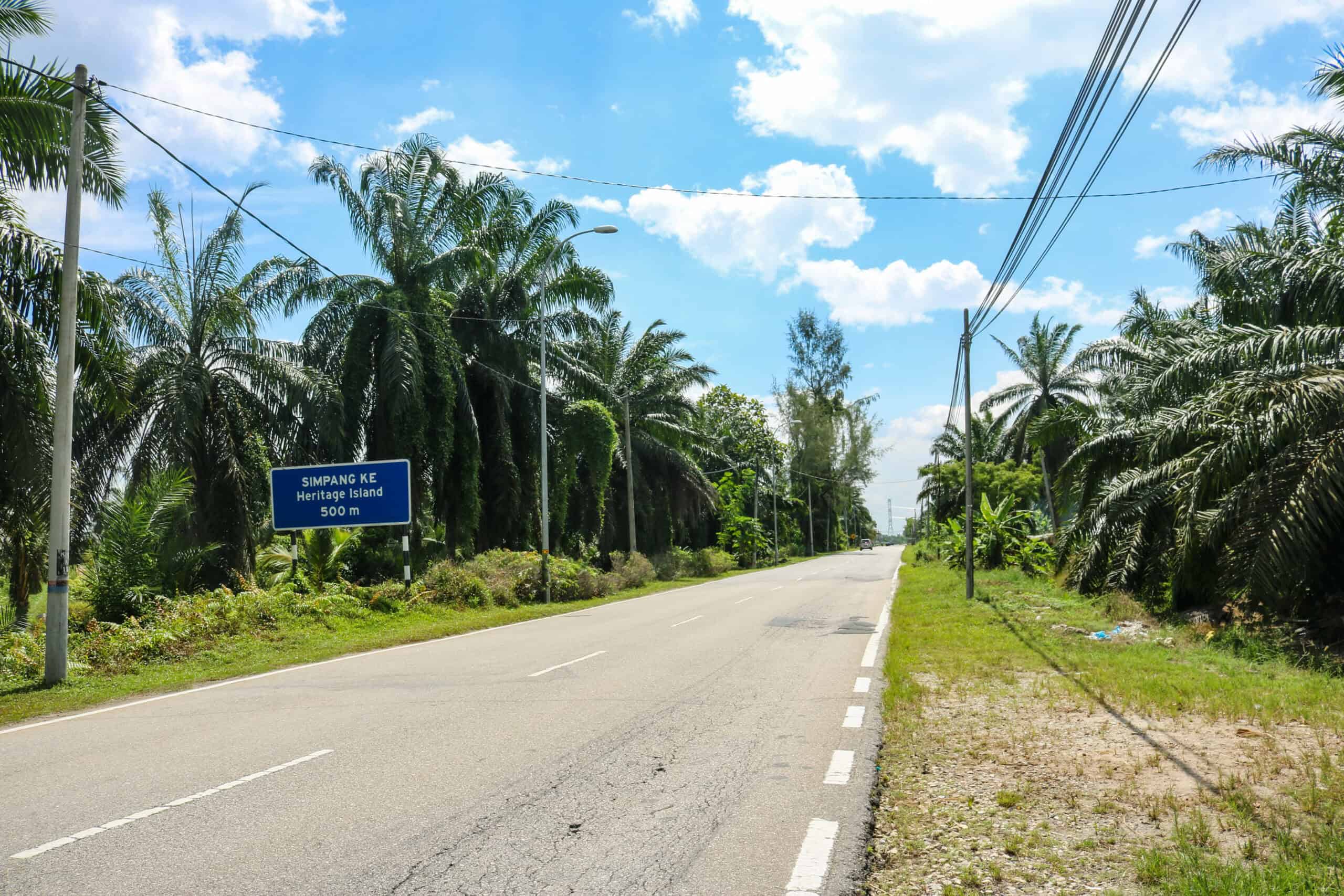
If, however you manage to get ‘stuck’ on Carey Island… start walking and don’t be shy to ask anyone passing in a car for a lift. You can also ask the staff at the Mah Meri Cultural Center if they have any local friend on speed dial who might be interested in becoming a last-ditch effort taxi service (for a price).
Pro tip: In such cases, it is usually helpful to be dressed slightly conservatively. Ladies in short shorts and dudes in tank tops may find ‘hitchin’ a ride’ challenging.
Spending the Night on Pulau Carey
Ambverton Cove Golf & Island Resort has a slight monopoly on Pulau Carey accommodations and are the most visible place to stay on the island. It’s a lovely resort, by the way, and I’d go back in a heartbeat. You can check rates and availability HERE.
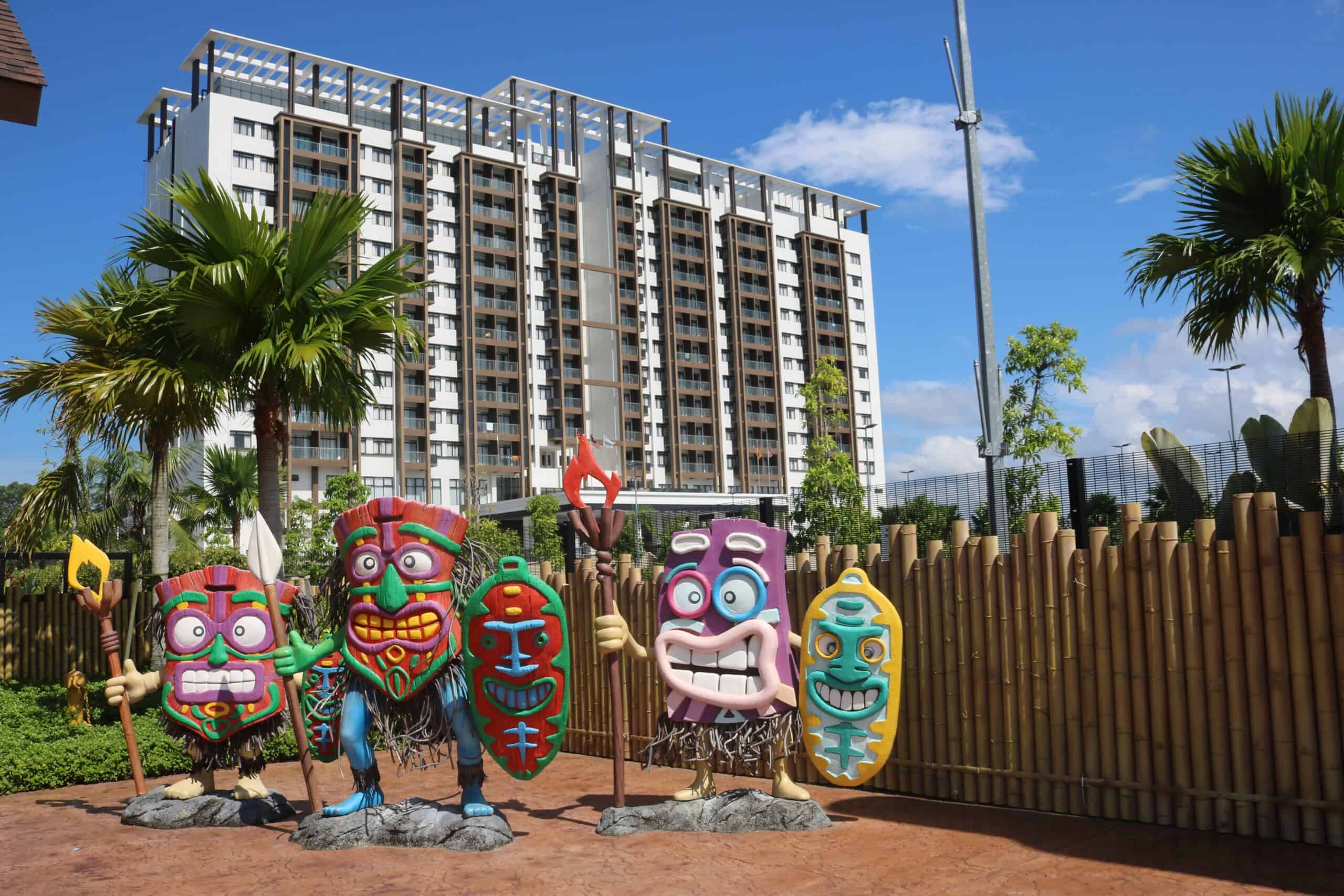
As I later pondered Carey Island, I realized that my resort didn’t appear to have any Mah Meri staff. I’m also still mystified why the resort wasn’t encouraging guests (like me) to go visit the cultural center. Nor did I see any Mah Meri handicrafts for sale or even on display.
I don’t have answers for that, but I can still recommend this resort. Just remember that the Mah Meri Cultural Village is just a couple of kilometers down the road (take a left as you pass out of the security gate).
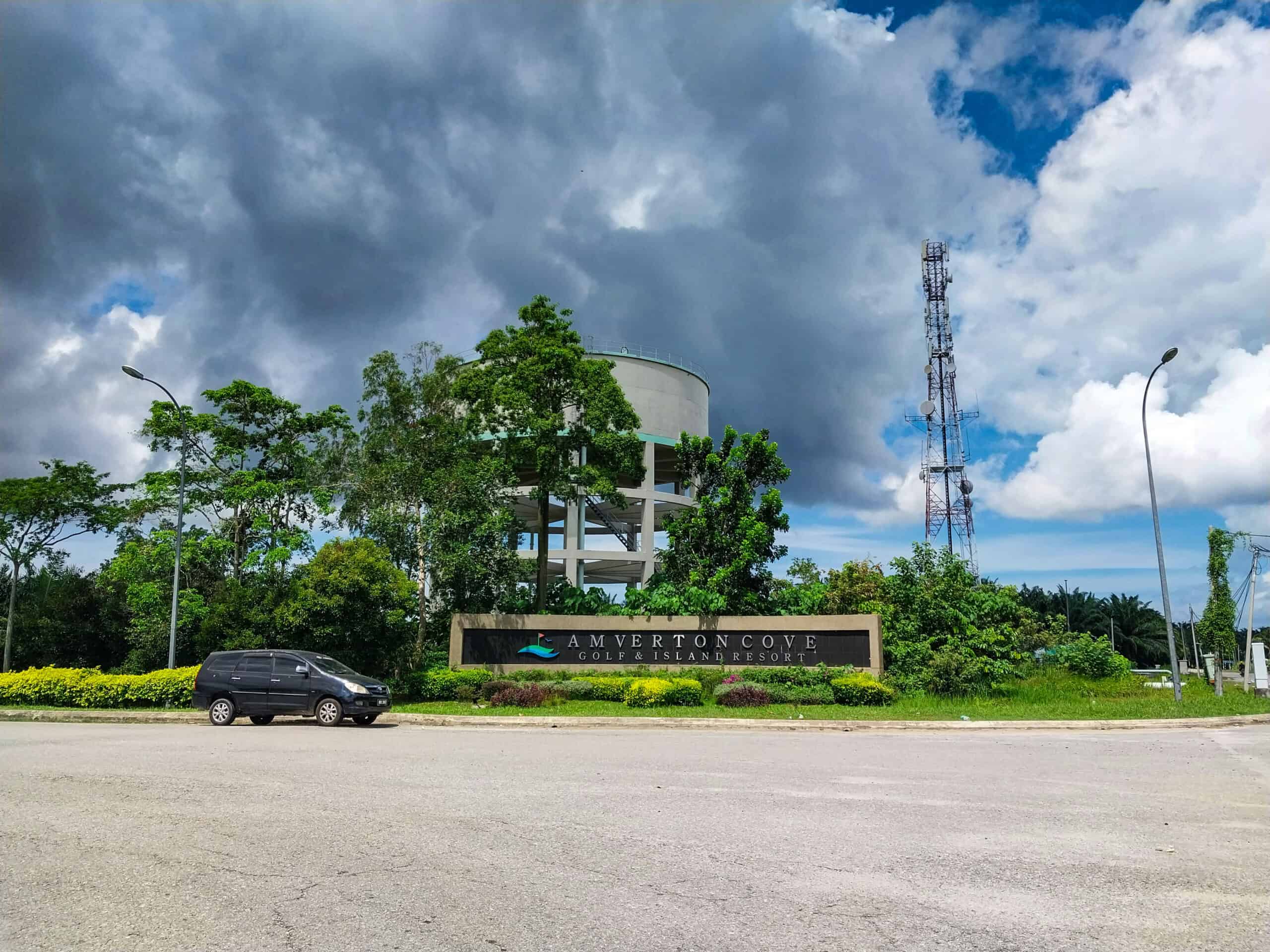
Pro tip:
If you’re a penny pincher like me, be sure to stop at a mini mart before you arrive at this resort and stock up on snacks as the pickings are slim to non-existent outside of the resort. However, the waterpark does have a small store which is well-stocked and reasonably priced. They aren’t open at night.
*There may be some homestay and budget accommodation options closer to the beach, for those with their own transportation. Contact kopasli.com for more info
Avoiding Confusion
The Mah Meri Cultural Village is interesting and an eye opener. Special tours to visit are a bit pricey in my opinion. But I support the center’s efforts for all that they are doing. However, just across the street is another Mah Meri complex that is apparently run by locals, the Orang Asli Craft Center. I was told they get no funding from the Cultural Village and are not connected. I later learned that it is overseen by Koperasi Asli Selangor Berhad and are part of a Malaysia government program which was recently (2024) allotted some RM333 Million to help Orang Asli tribes-people throughout Malaysia.
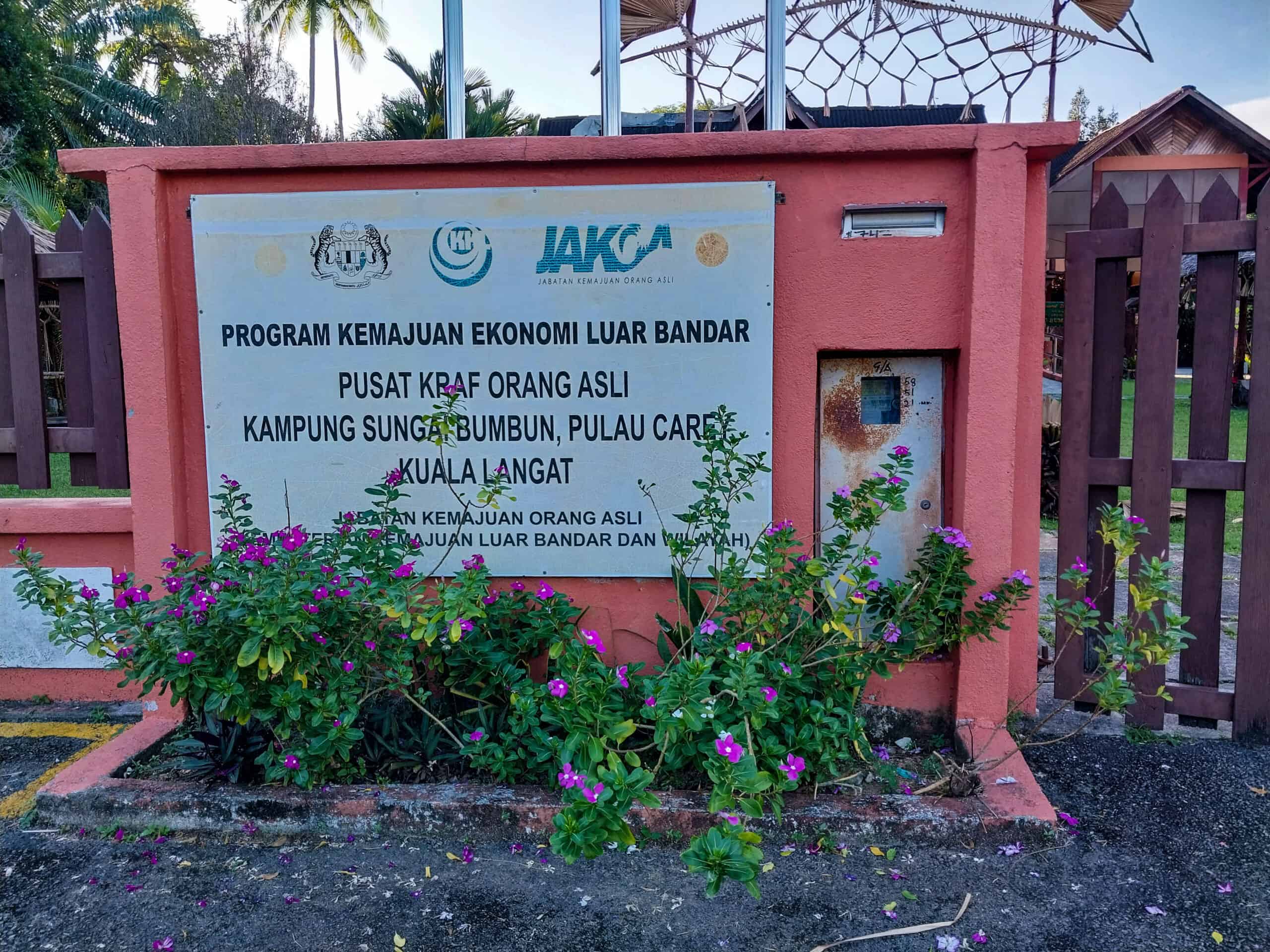
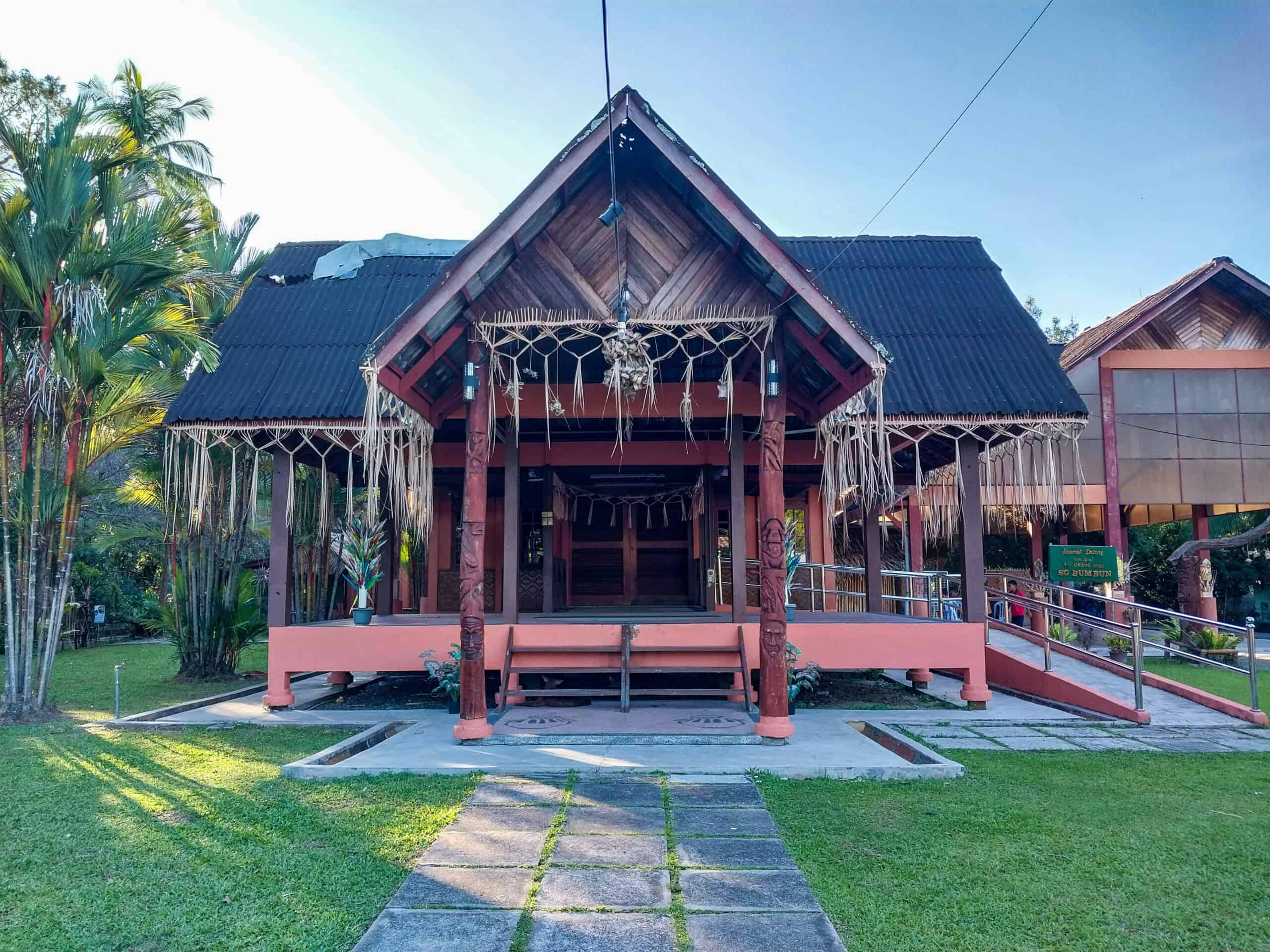
I was honestly confused by this, but visited anyway. And you should too! They keep the same opening hours as the Mah Meri Cultural Village, yet have no entry fee. This is also the main location where the annual Spirit Ancestor Festival is held and other local events.
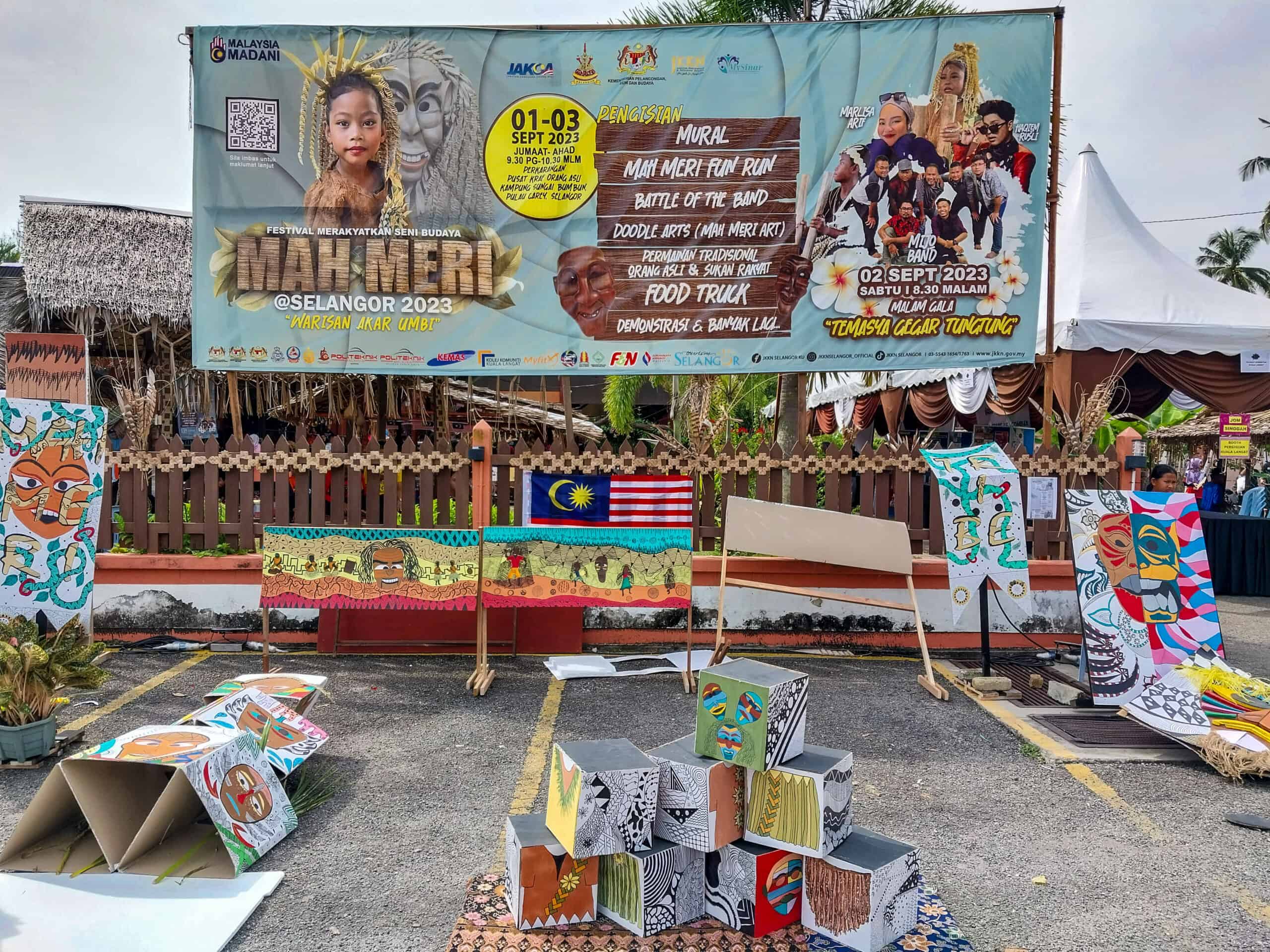
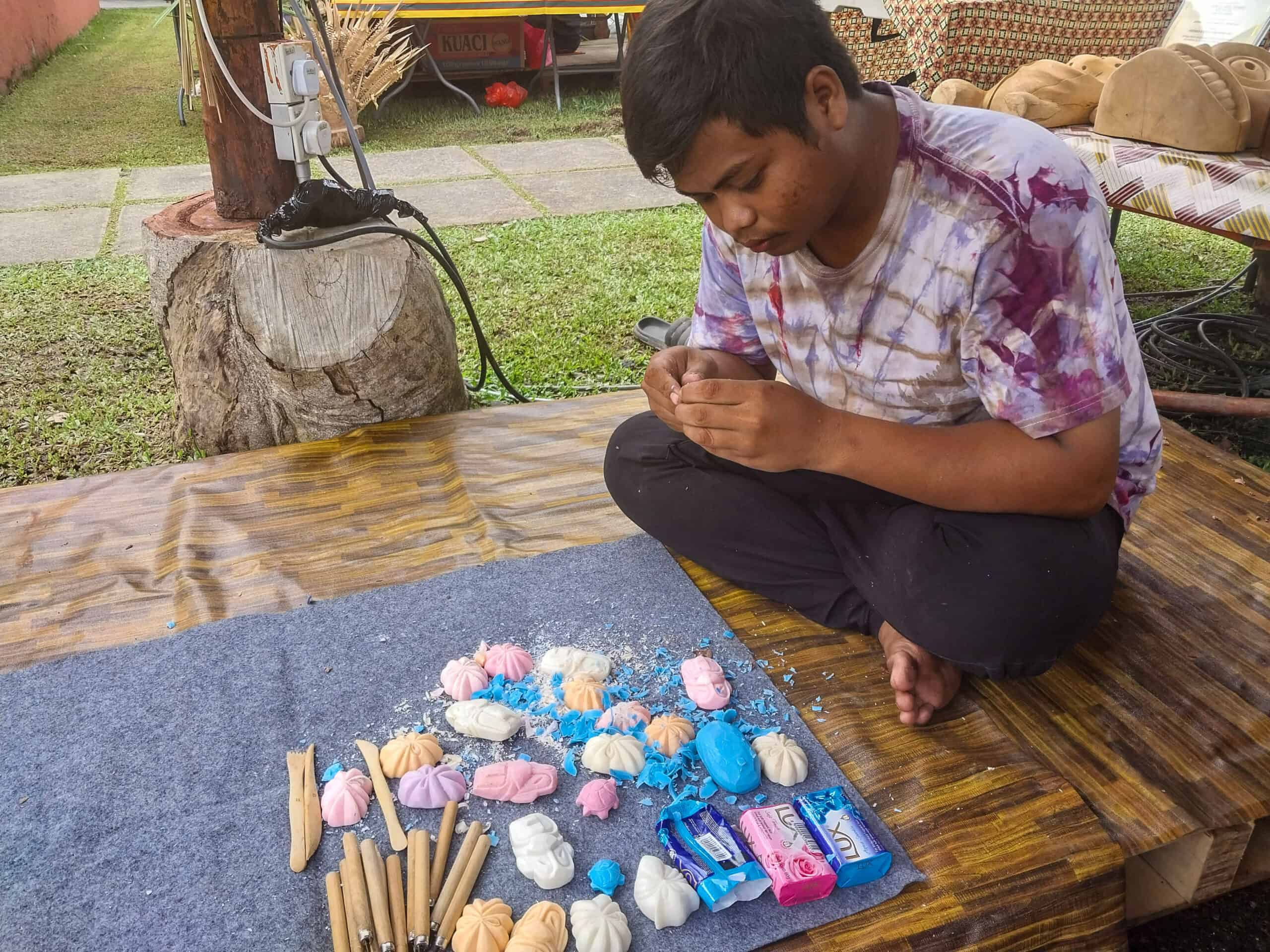
Not visually as organized as the Mah Meri Cultural Village, but there are a still a few things to see and do there, depending on who is around. Like I said, solo visitors will likely have a different Mah Meri experience across the board, but you’ll save a chunk of change by avoiding a group tour. You can put that savings towards your transportation costs, as well as help the community directly by purchasing some handicrafts.
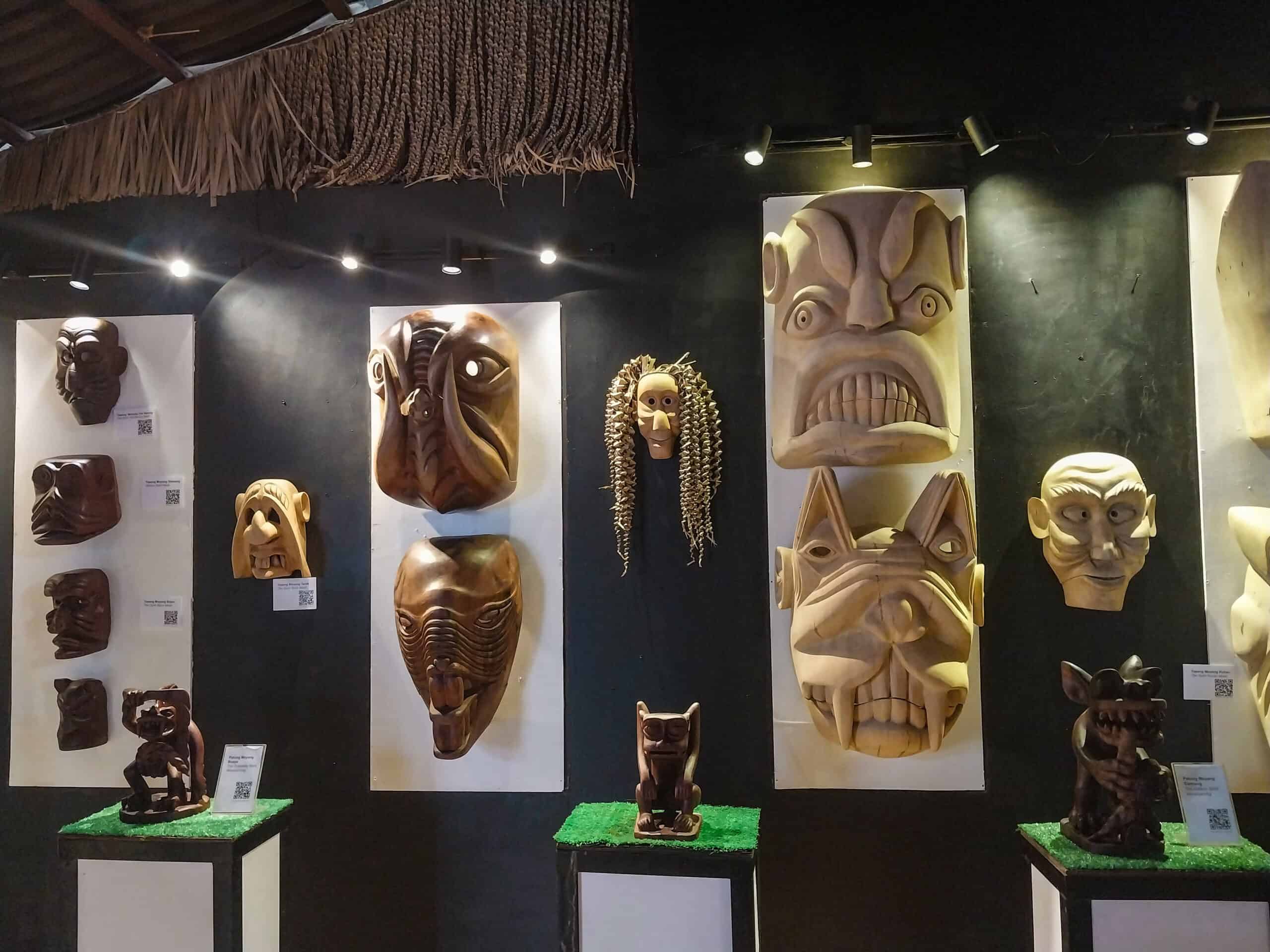
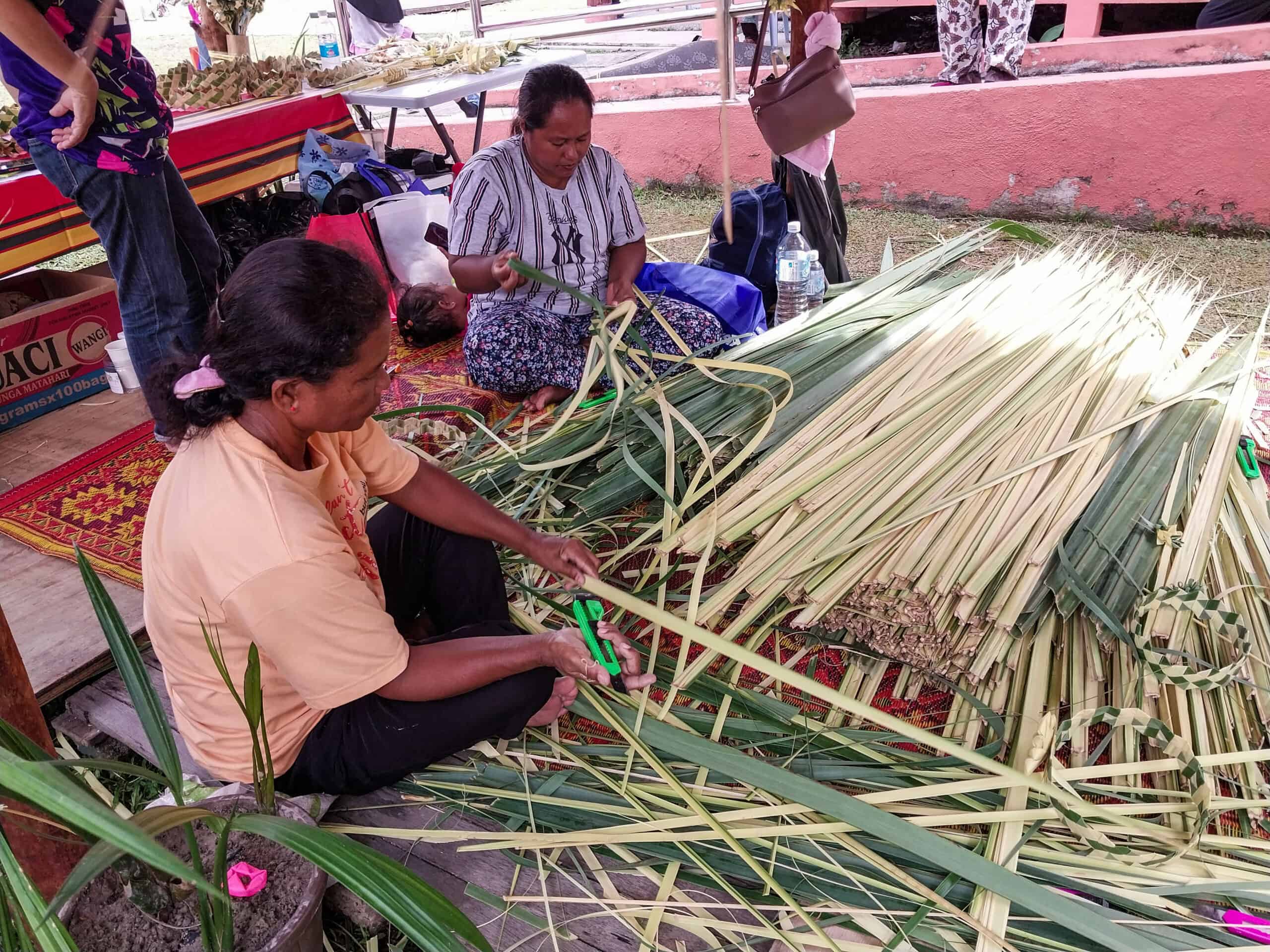
All I can say, is that they are both worth visiting. Even if you take a train, GRAB, or end up walking for miles, you will leave satisfied that you have learned about the Mah Meri. For a more in-depth look at the Mah Meri culture ‘Moyang: Spirit People of Carey Island,’ was recently published. It was written by Rashid Esa, present director of the Mah Meri Cultural Village.
Mah Meri Cultural Village
Kampung Orang Asli Sungai Bumbun,
Pulau Carey, Selangor
Open: Saturday & Sunday 9:00am until 5-6:00pm
011-6564 2800
Orang Asli Craft Center
Kampung Orang Asli Sungai Bumbun,
Pulau Carey, Selangor
Open: Saturday & Sunday 9:00am until 5-6:00pm
+6019-399 9676
[email protected]

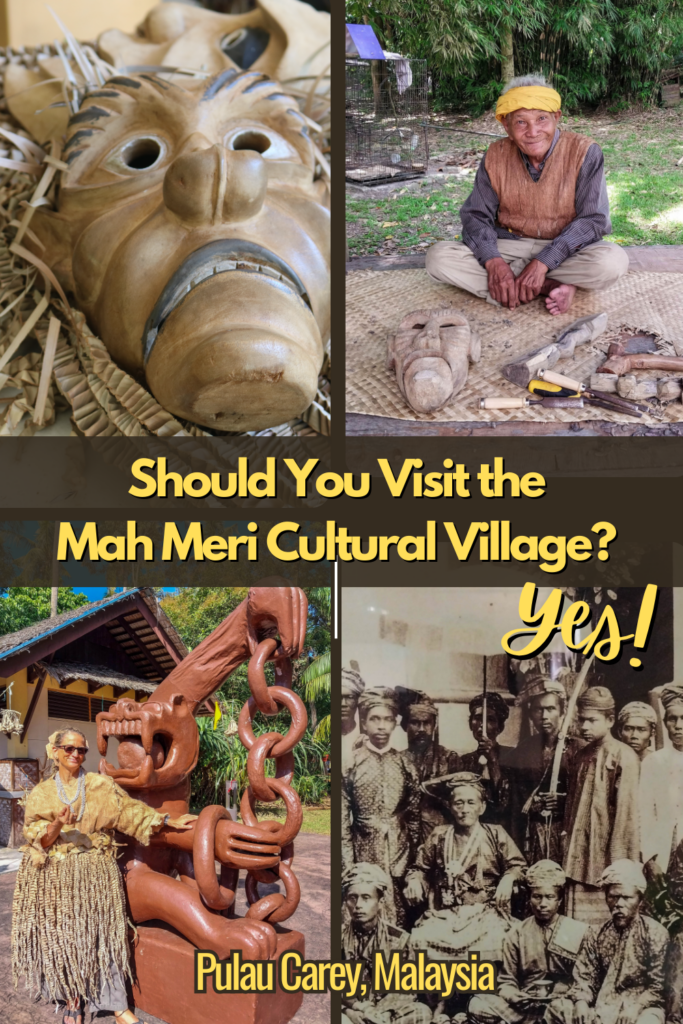
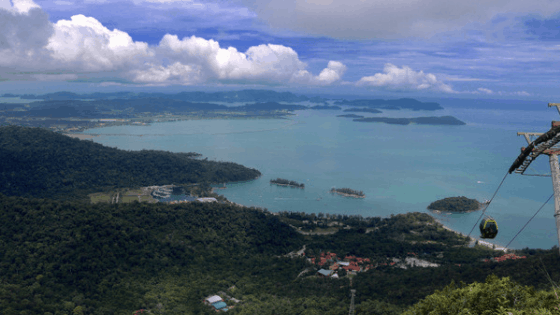
Leave a Reply